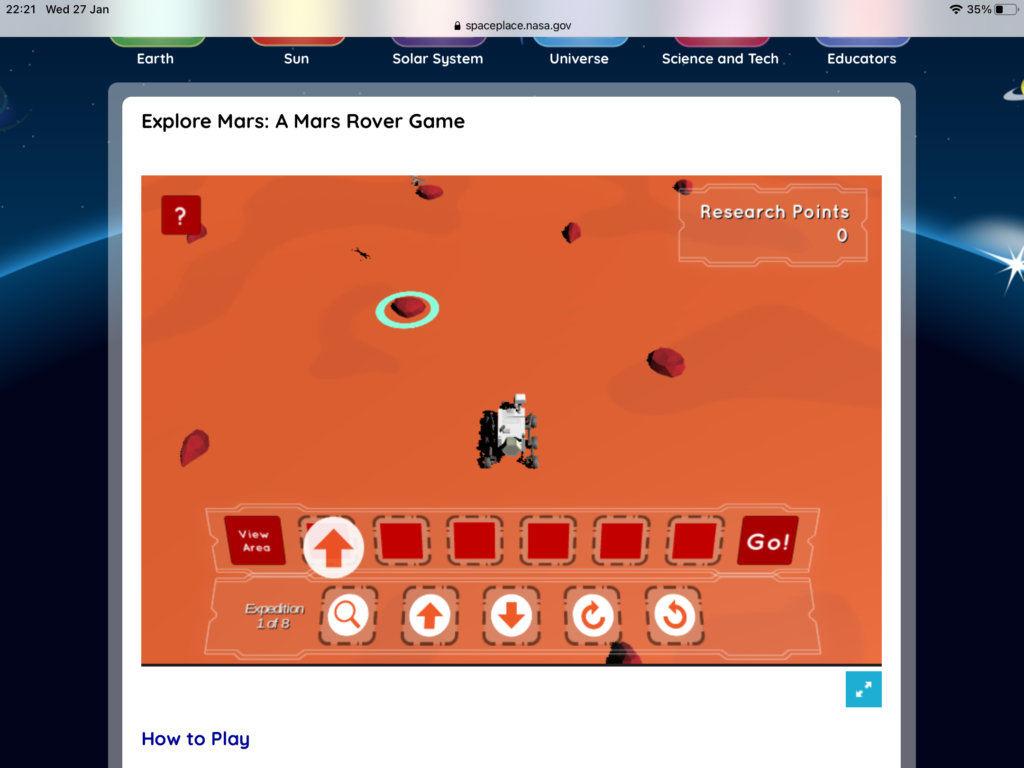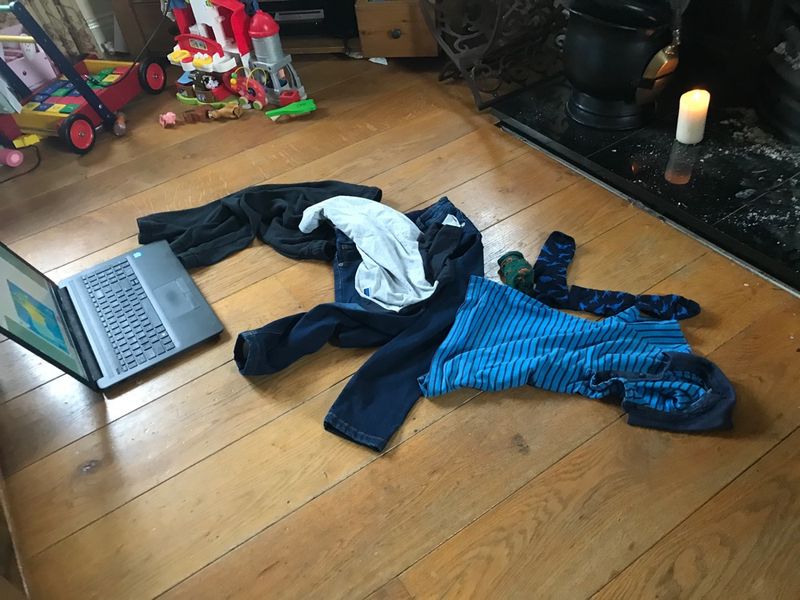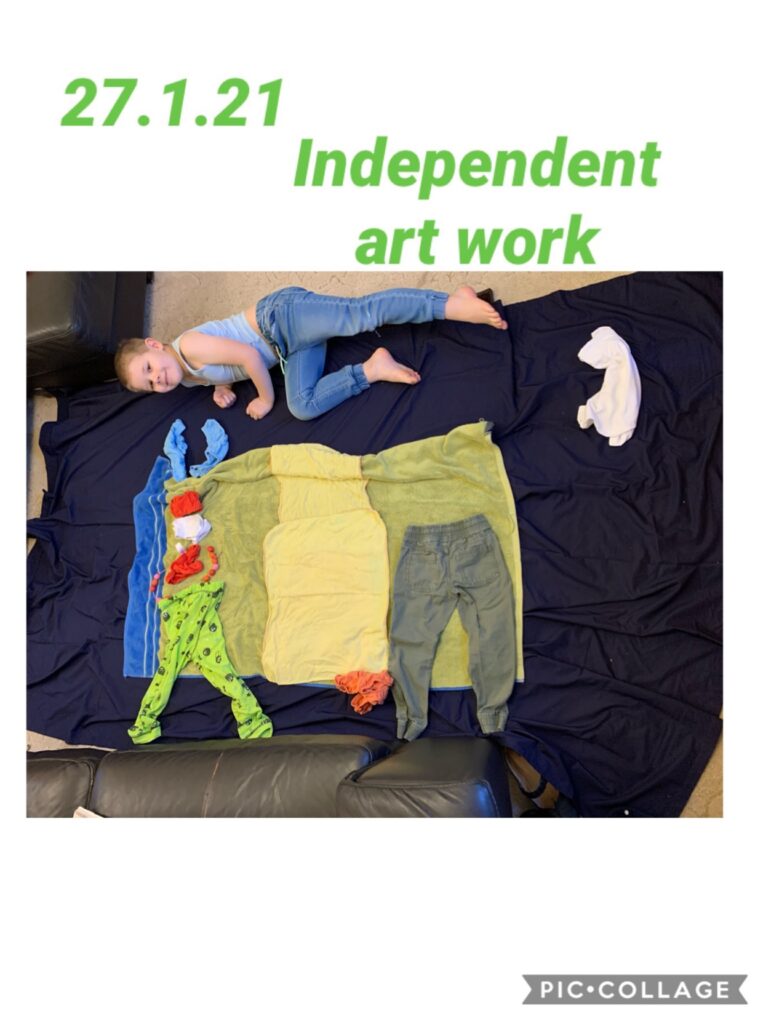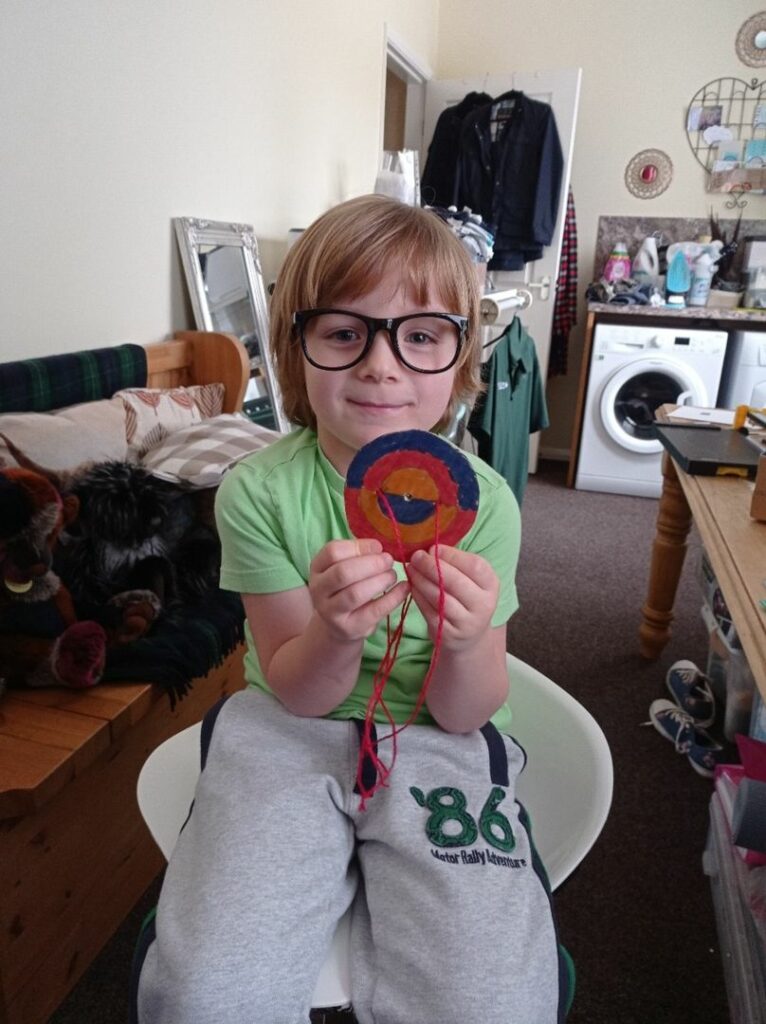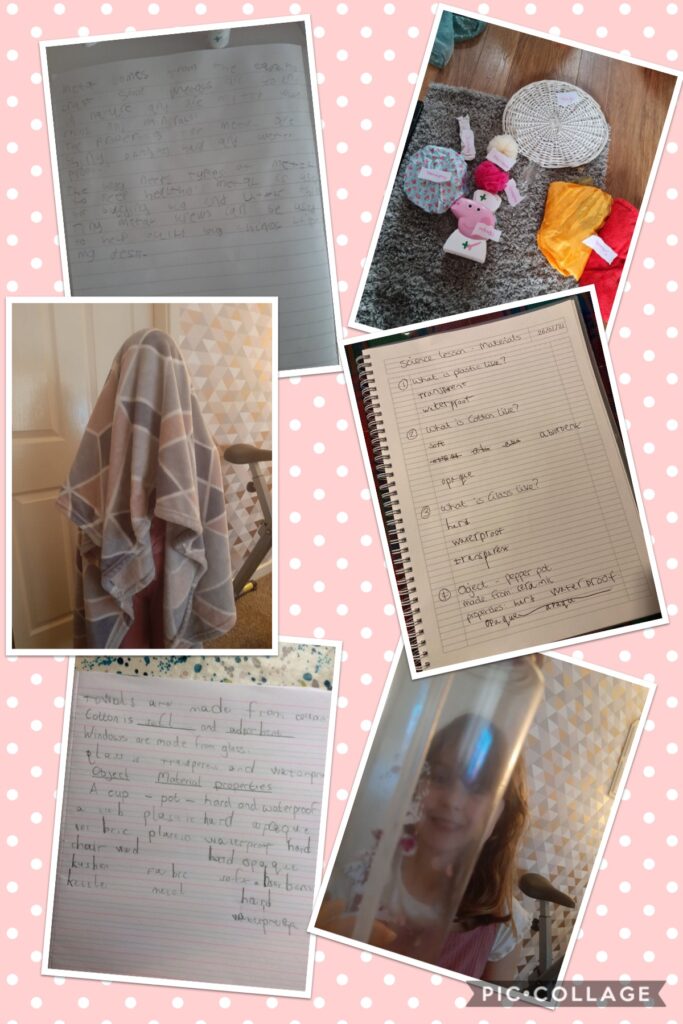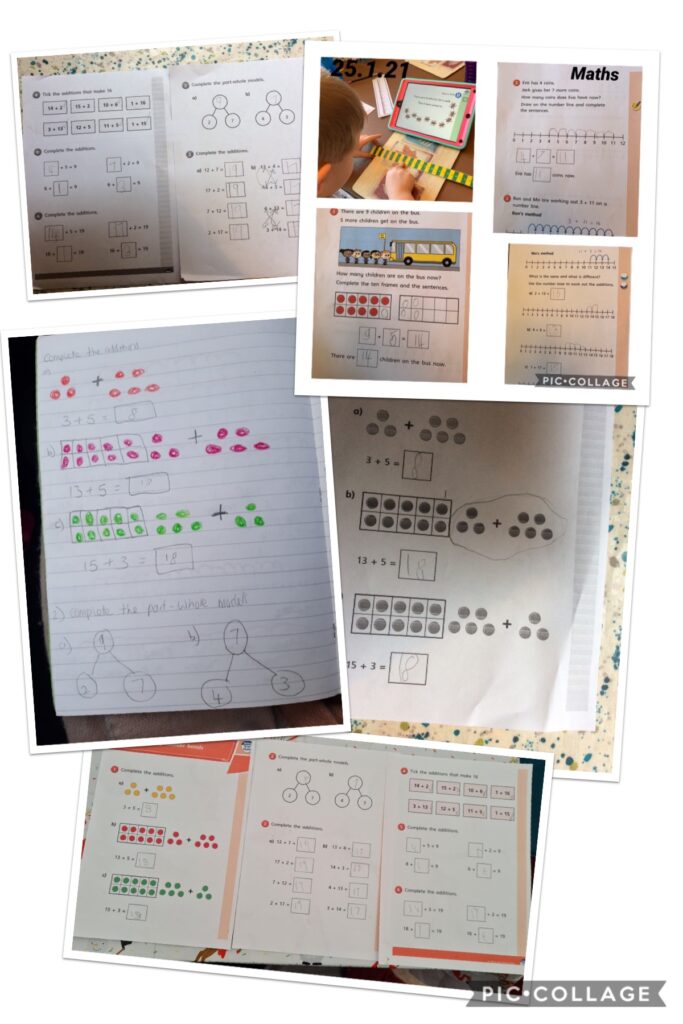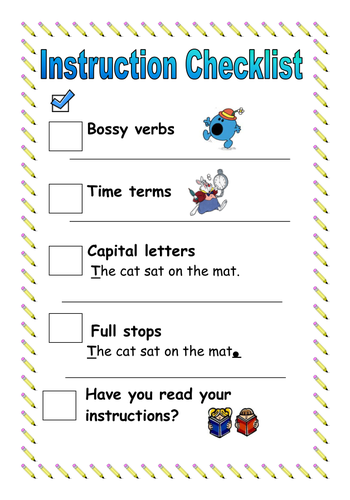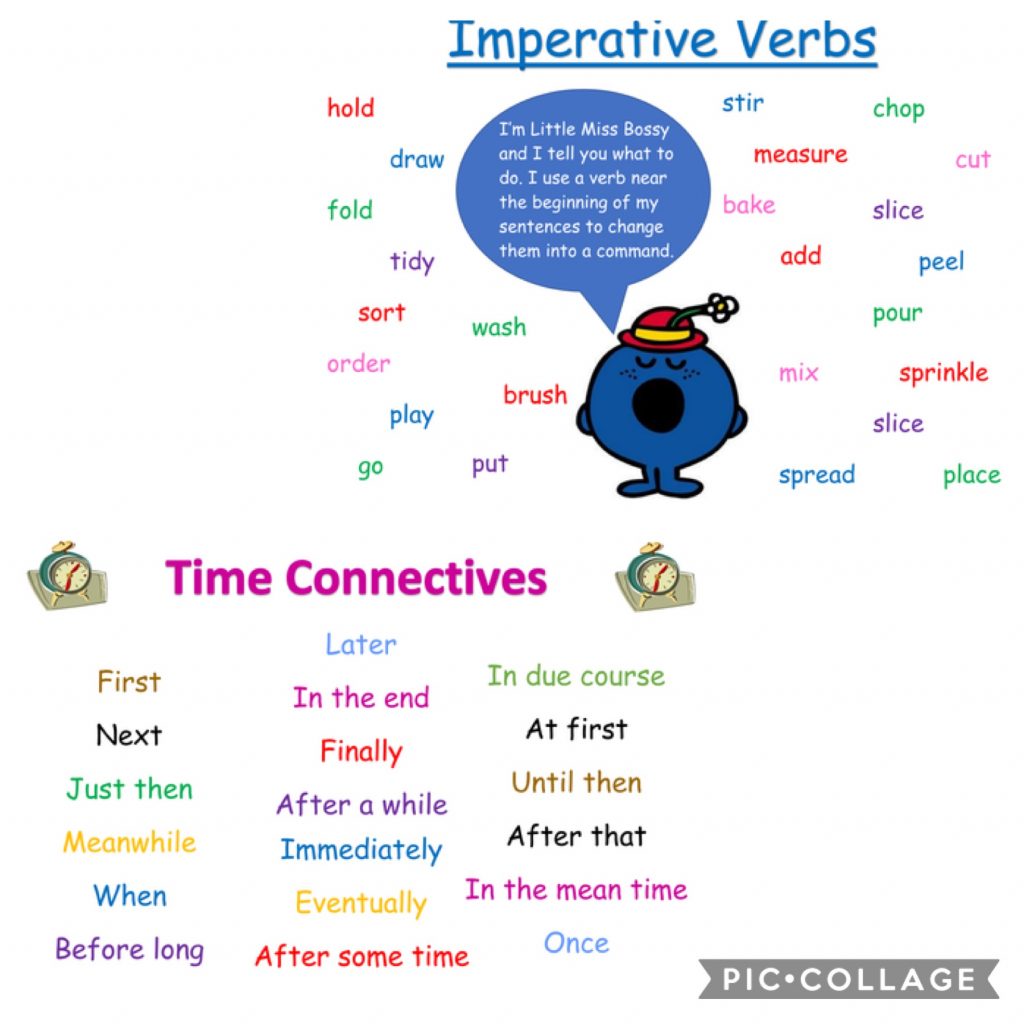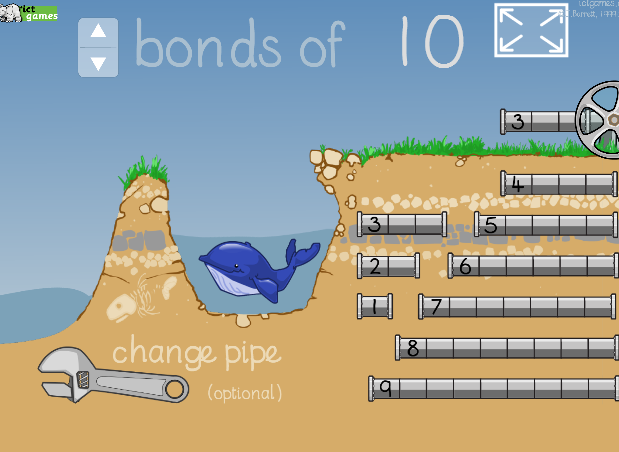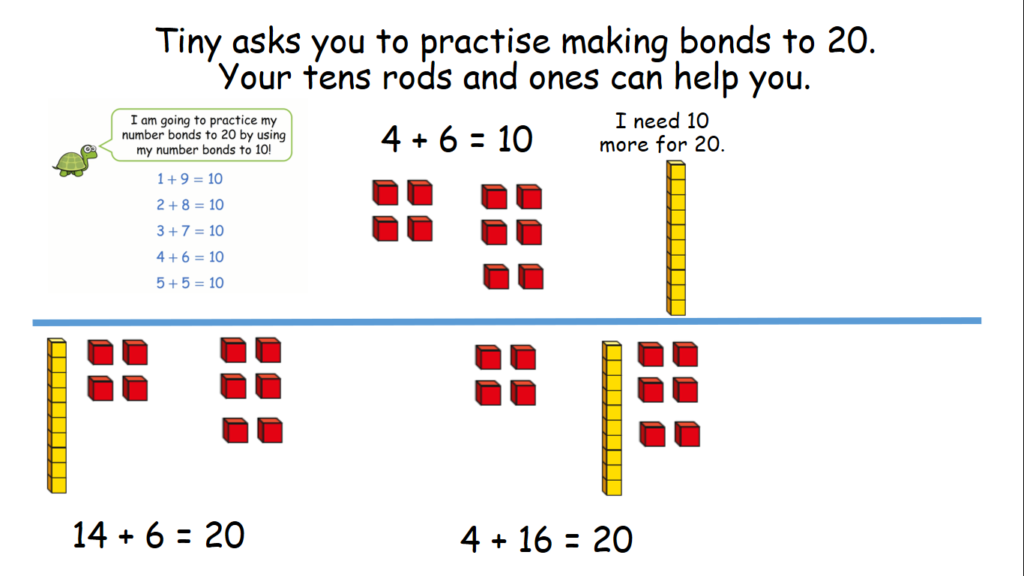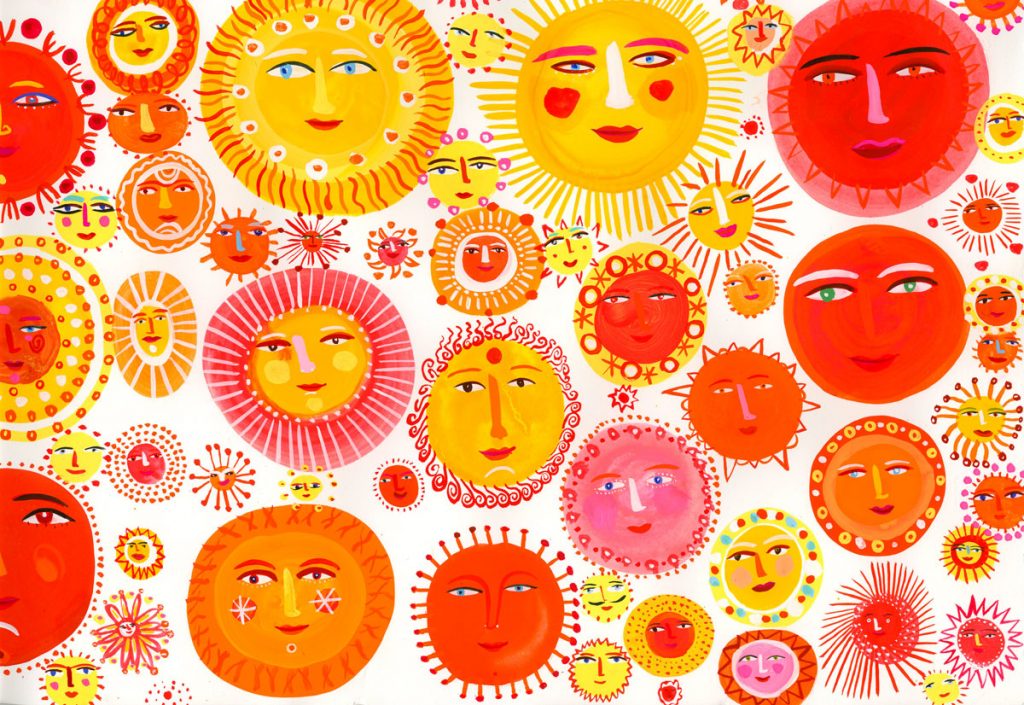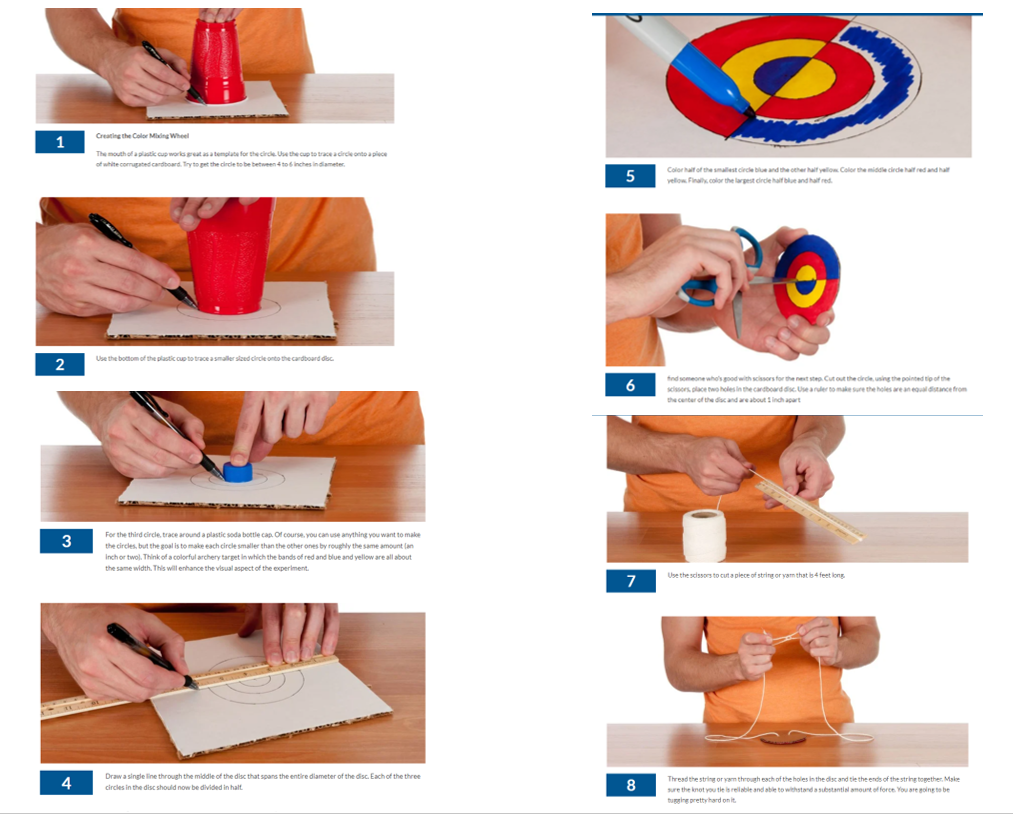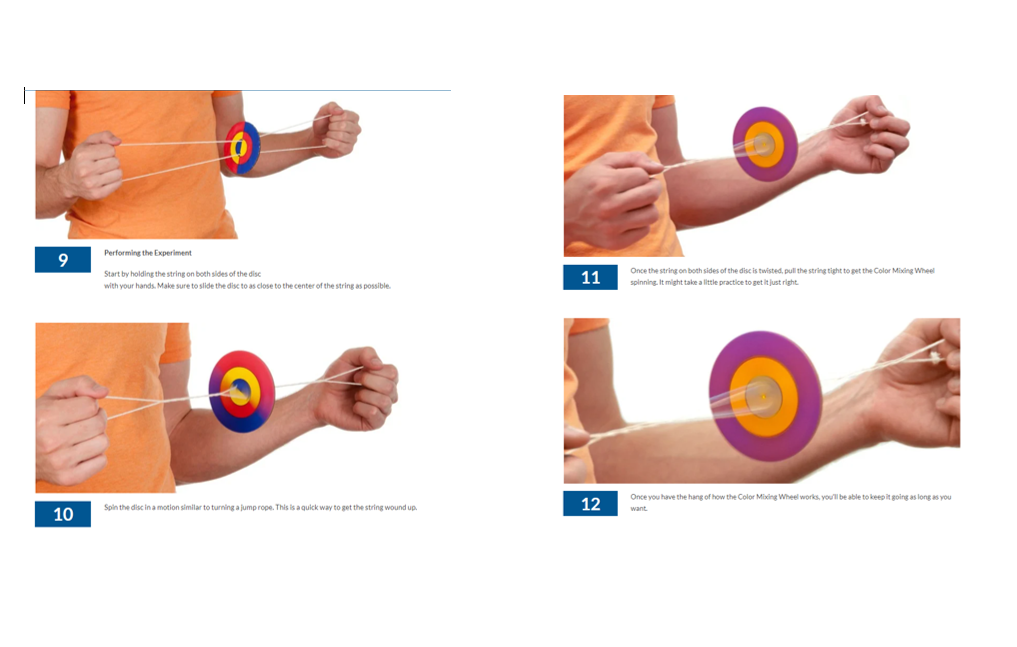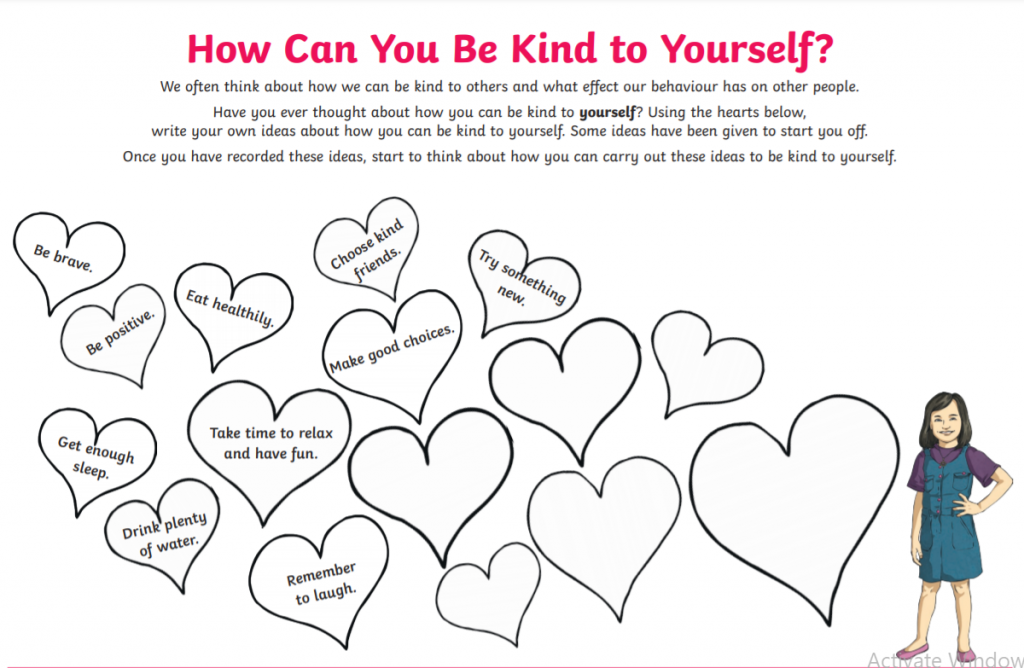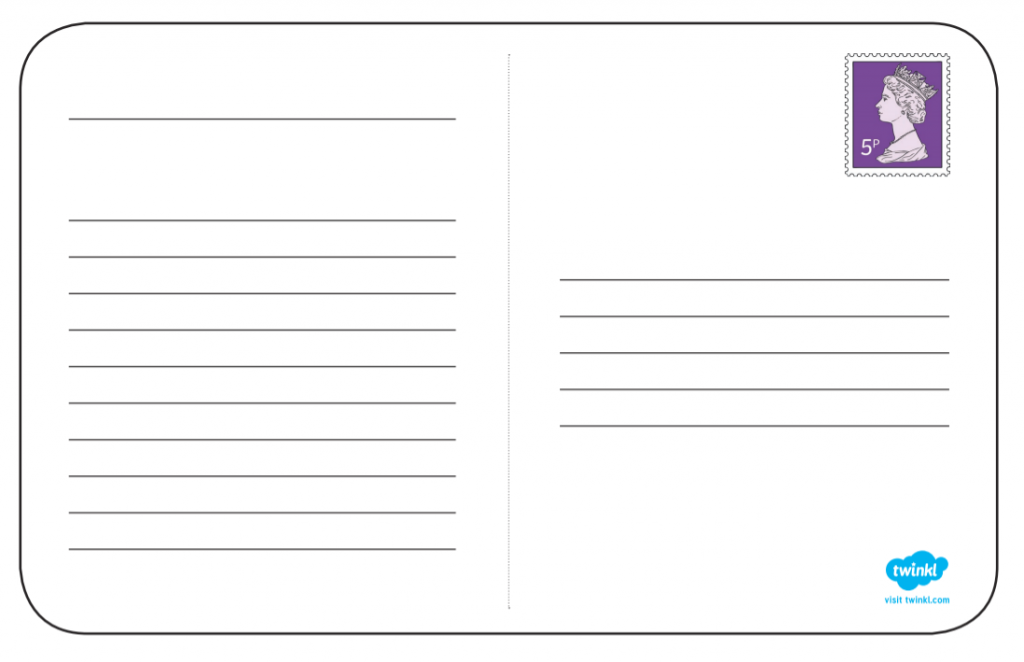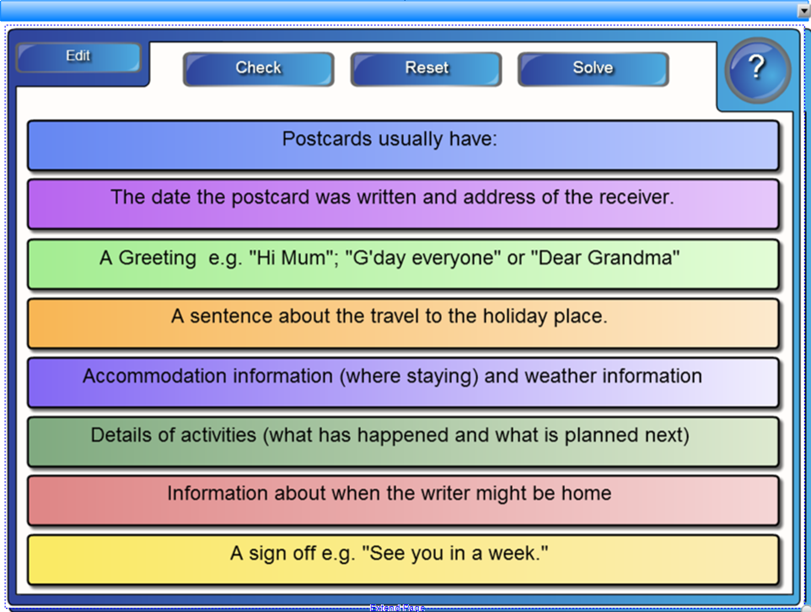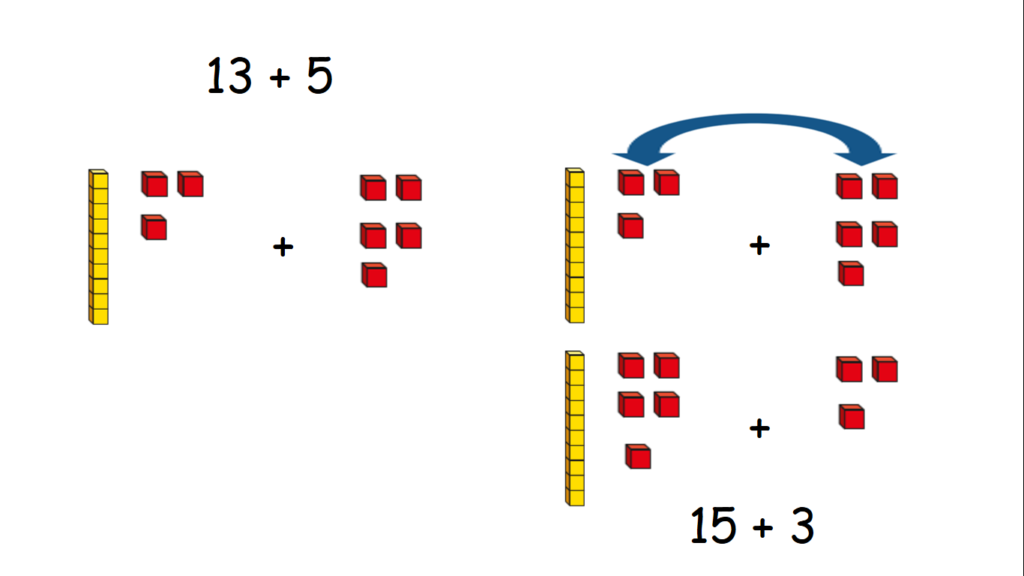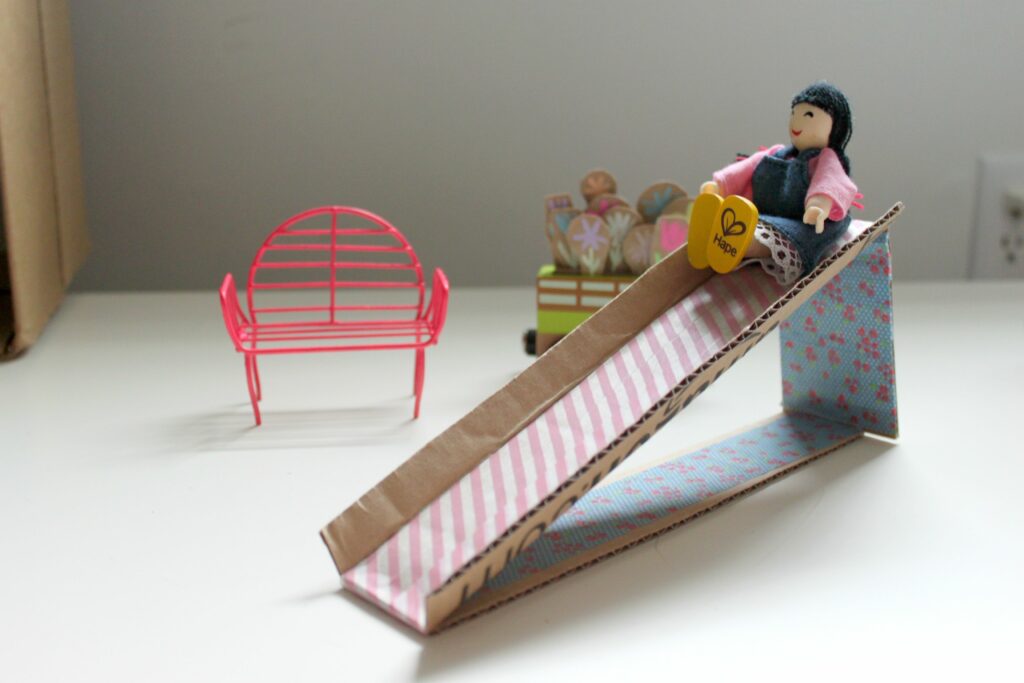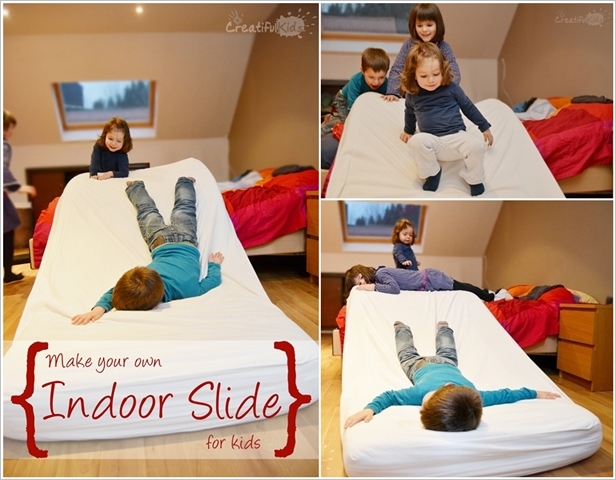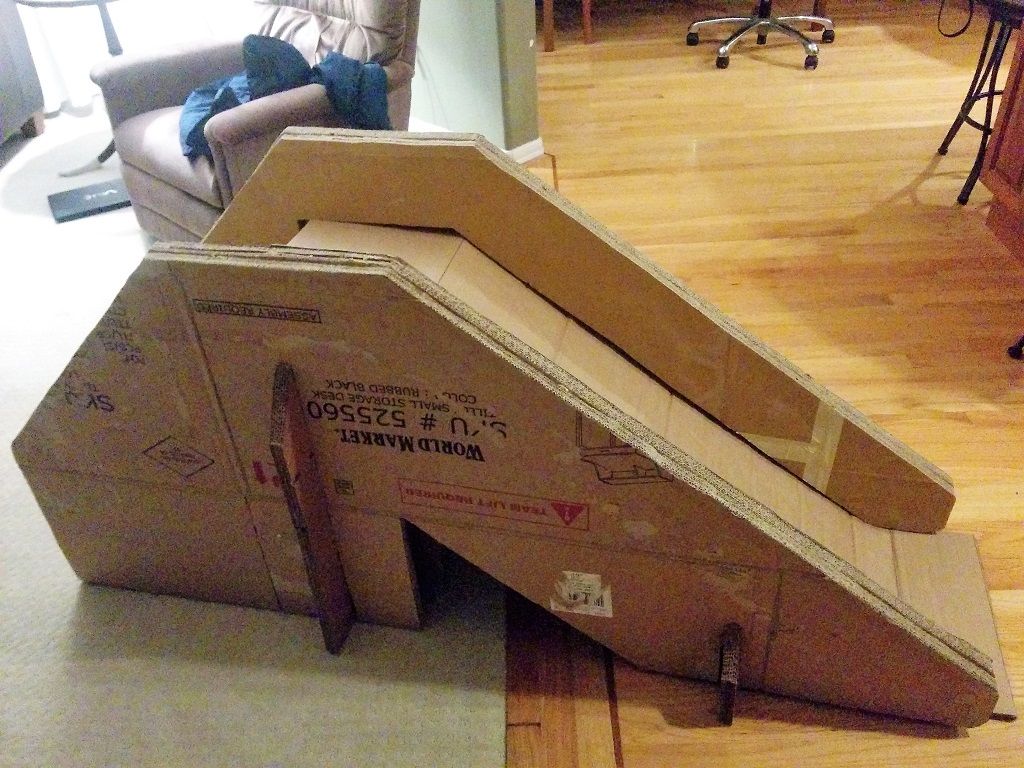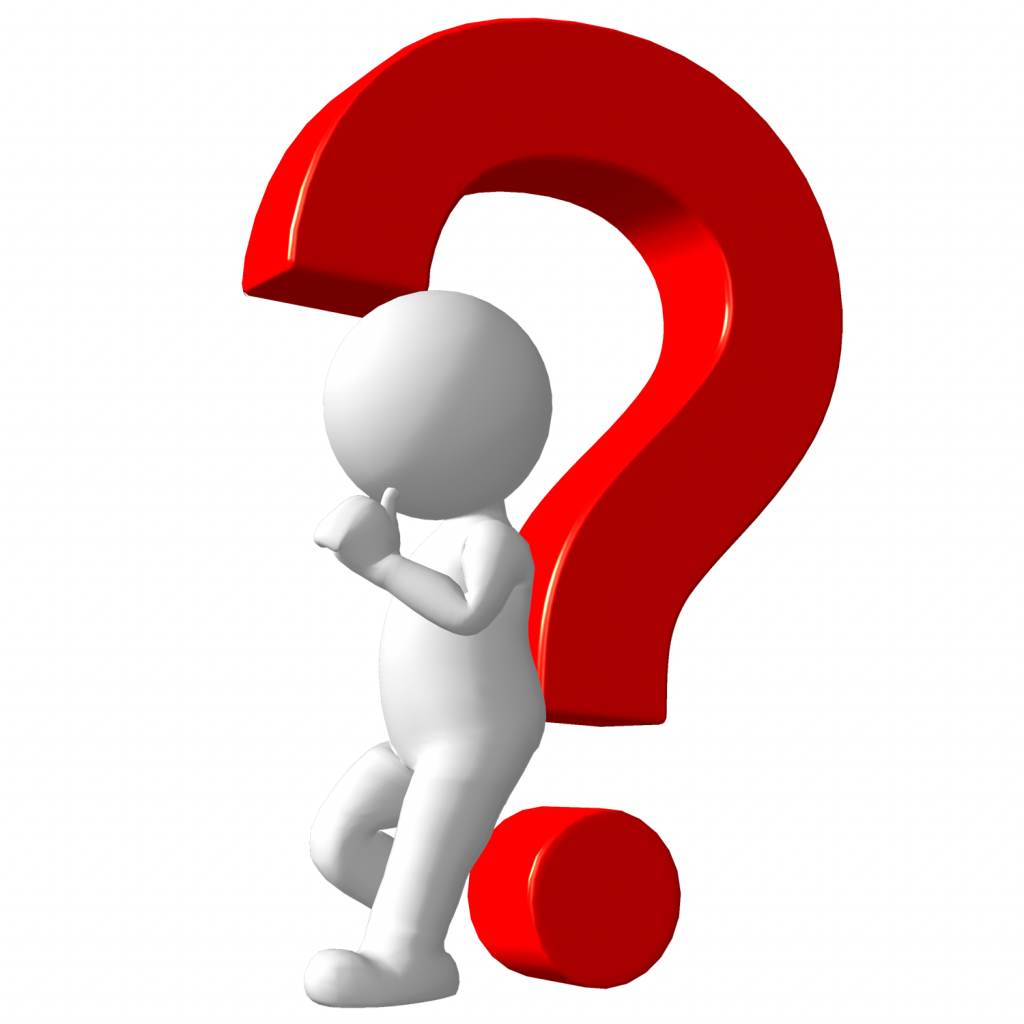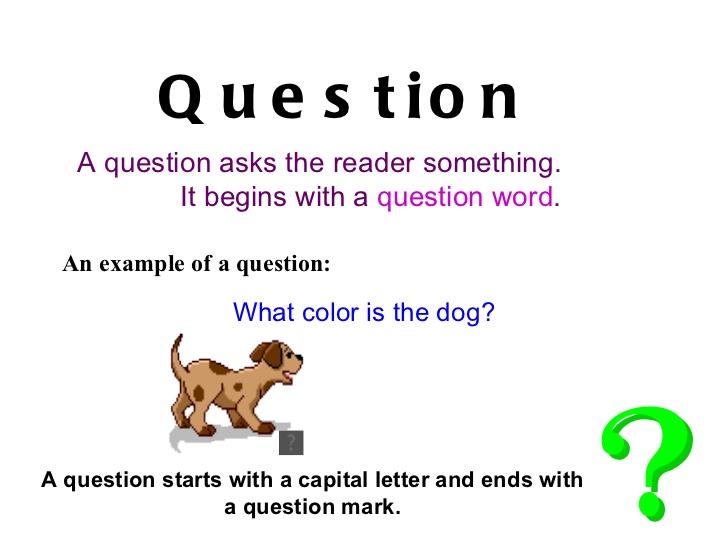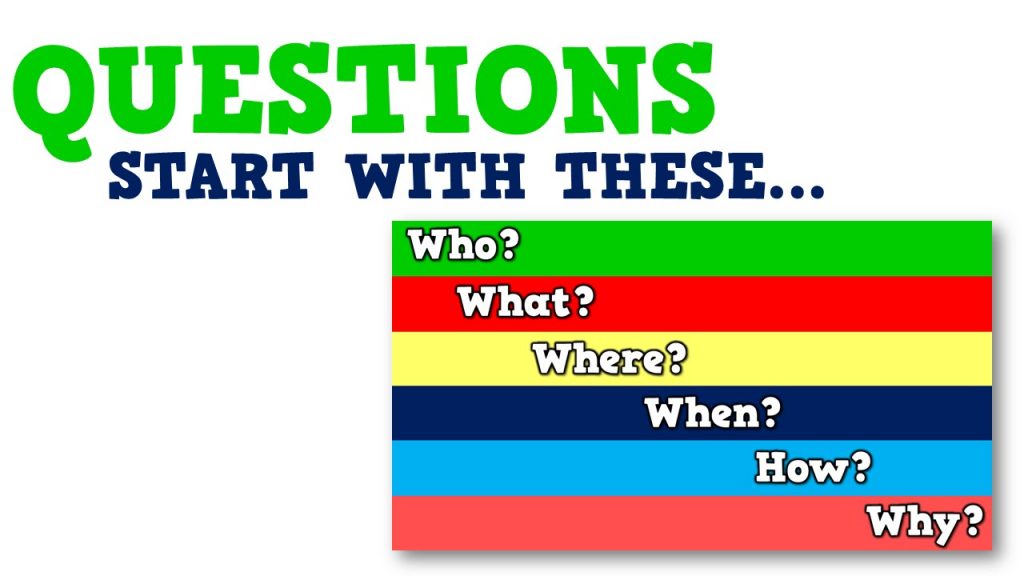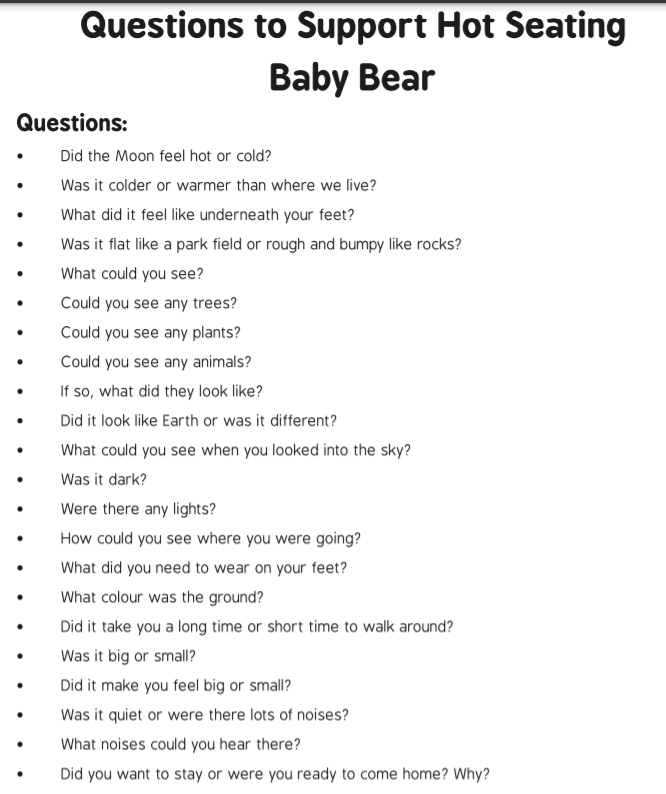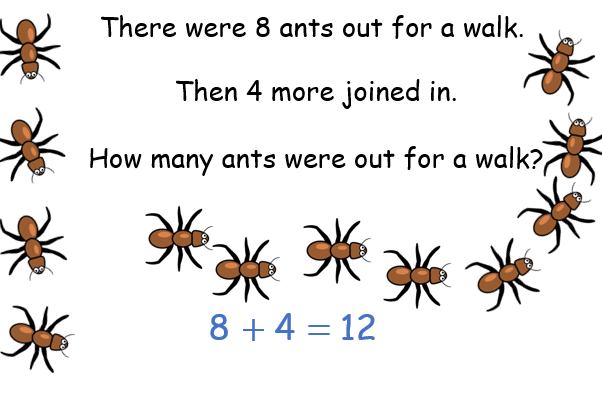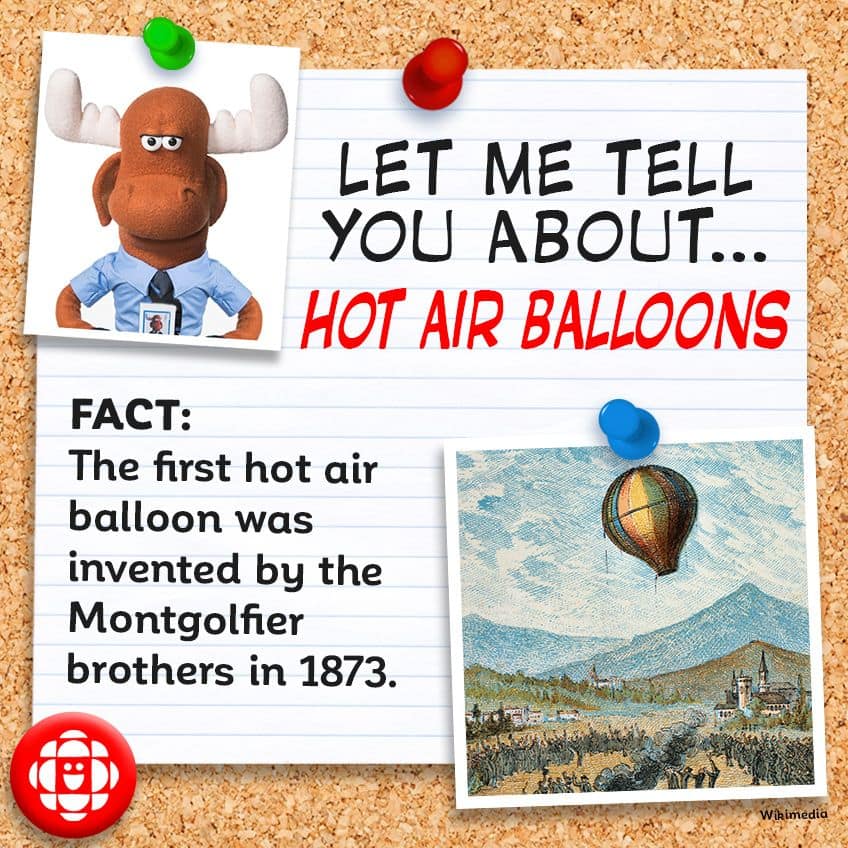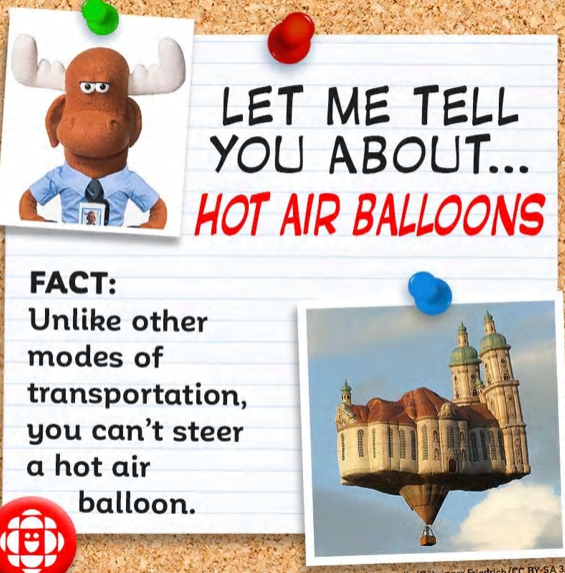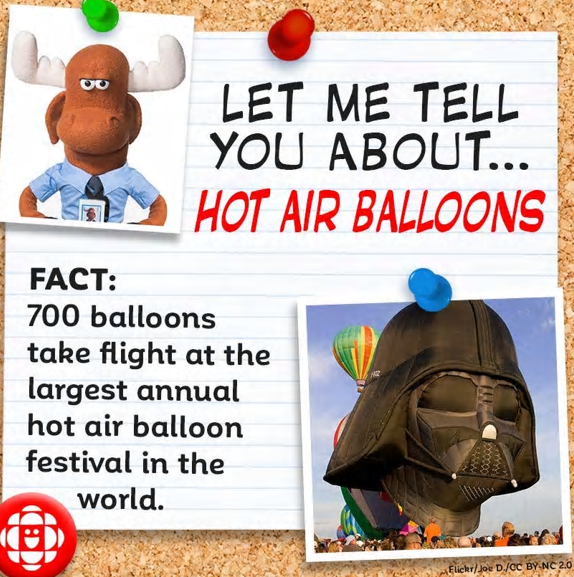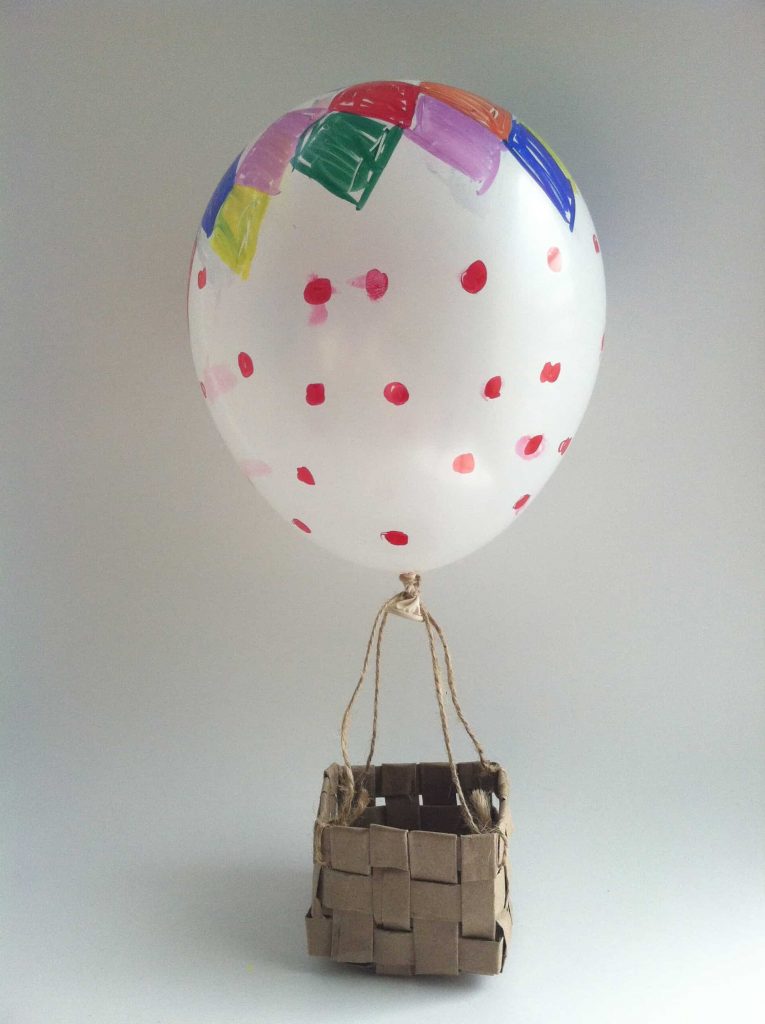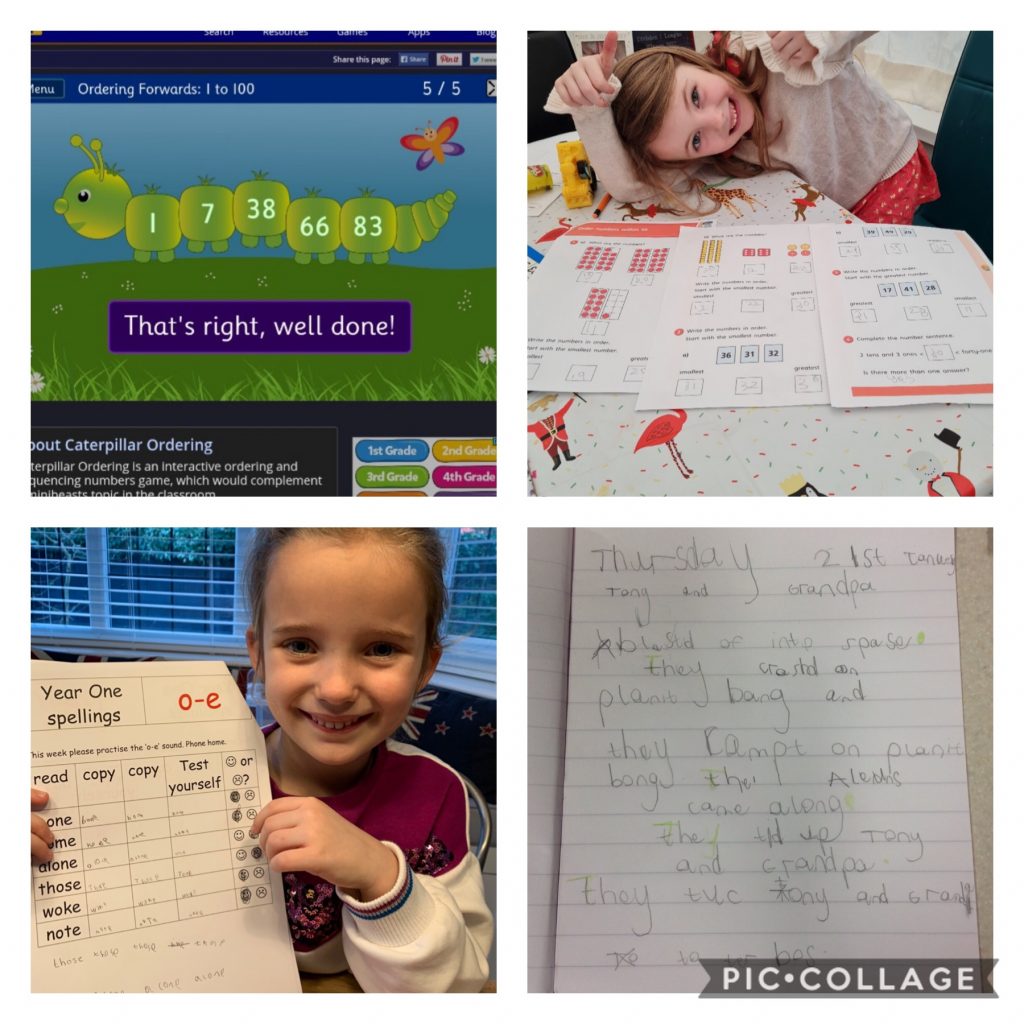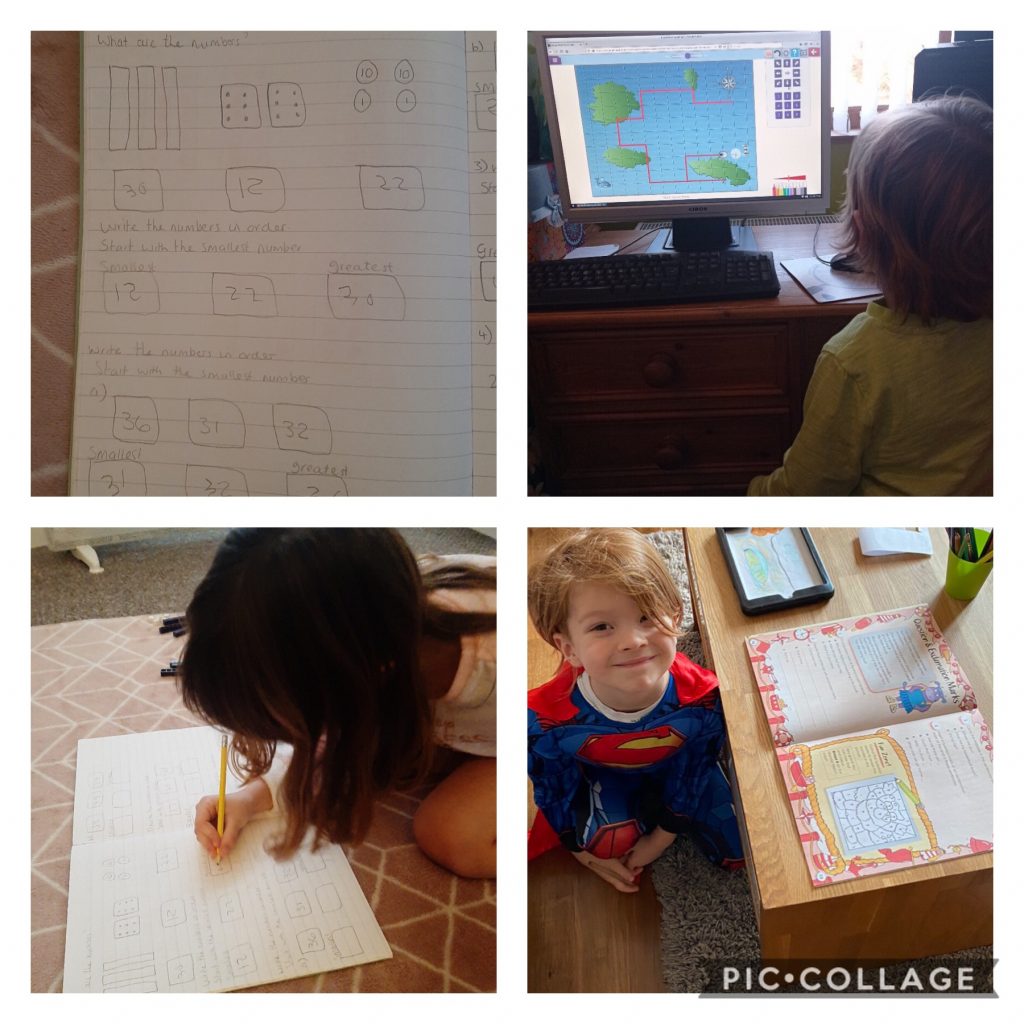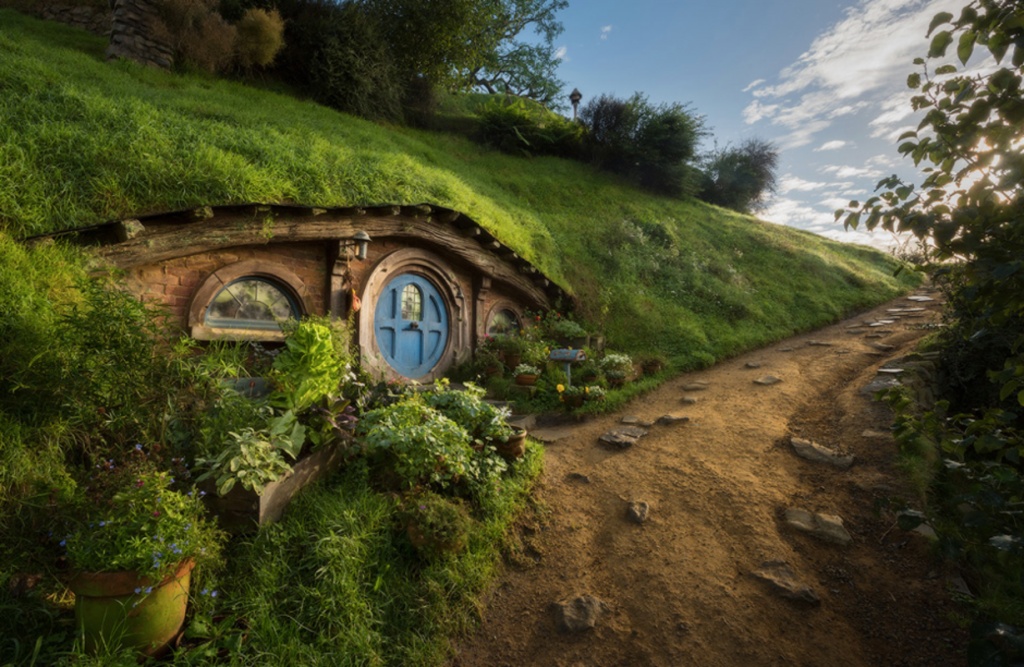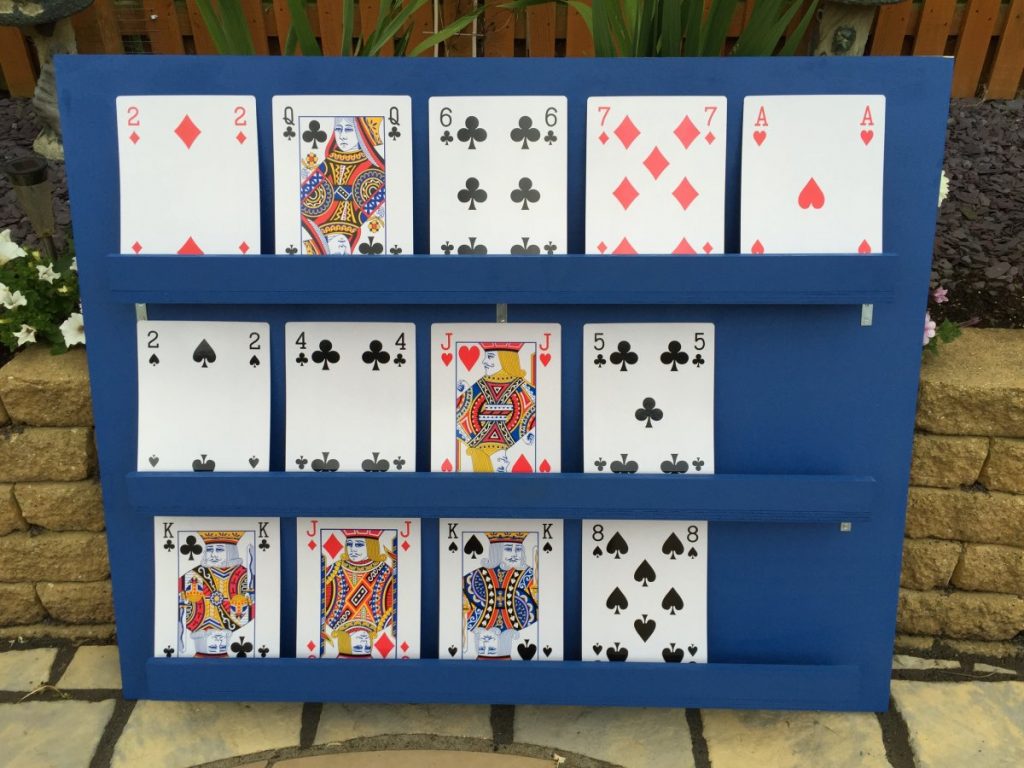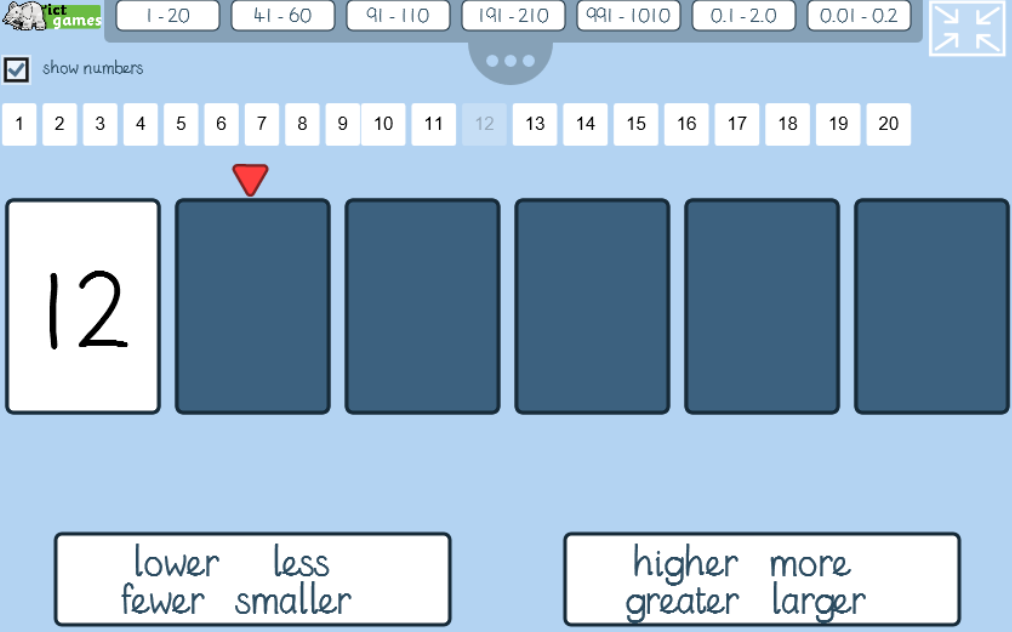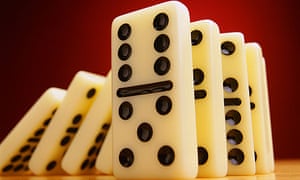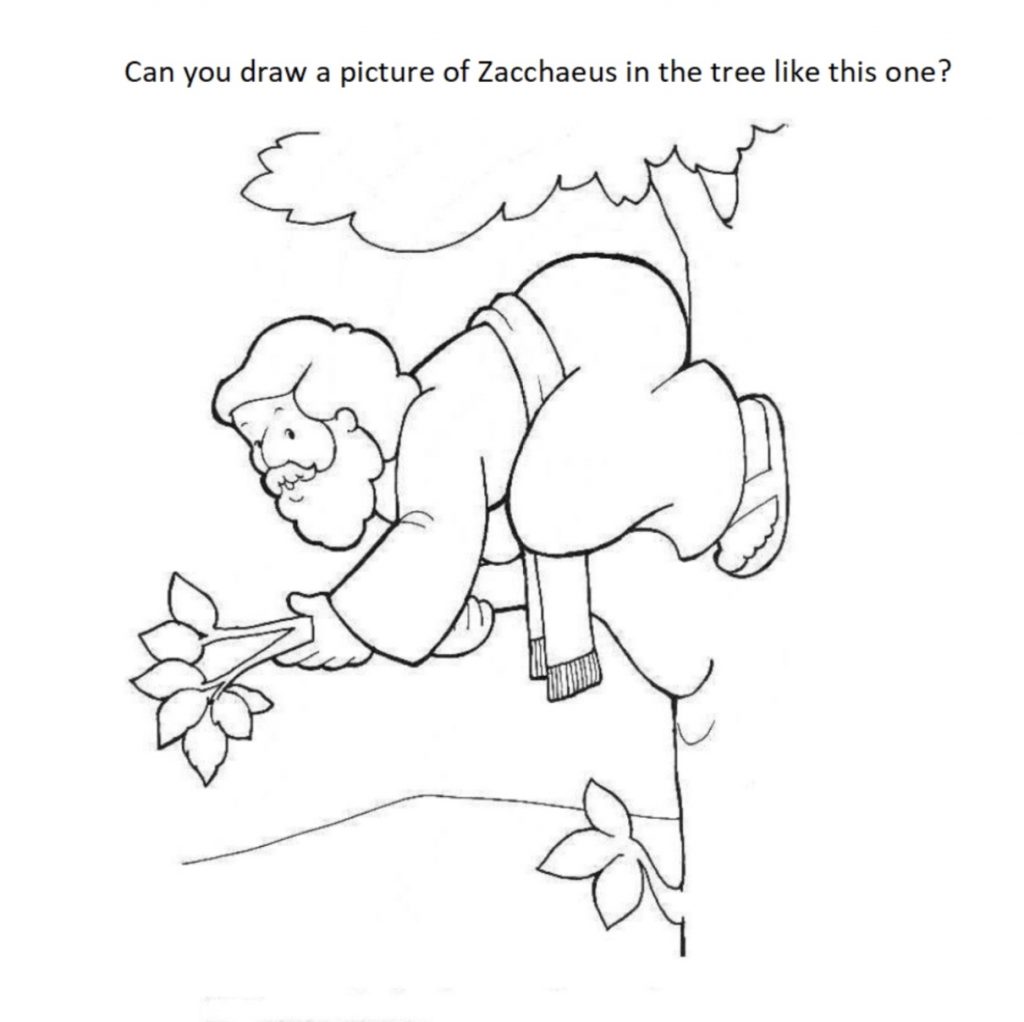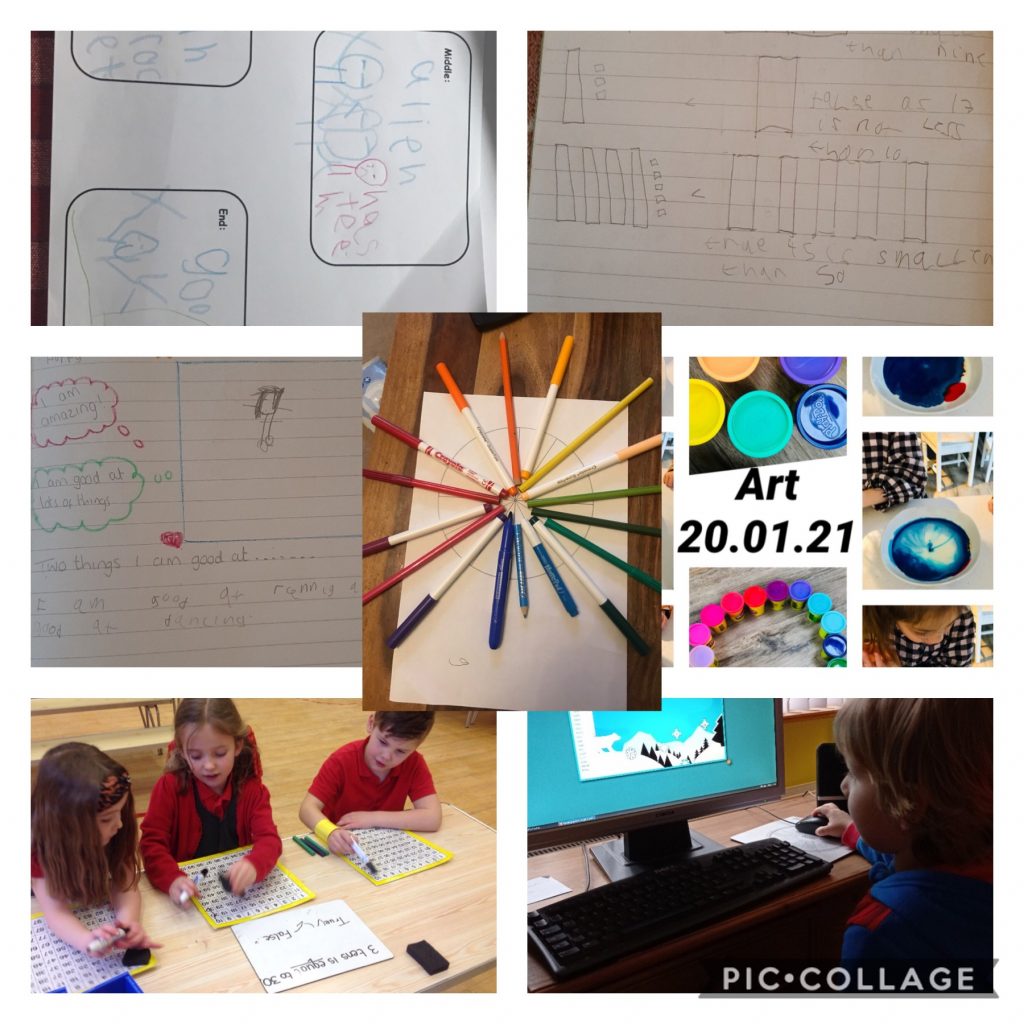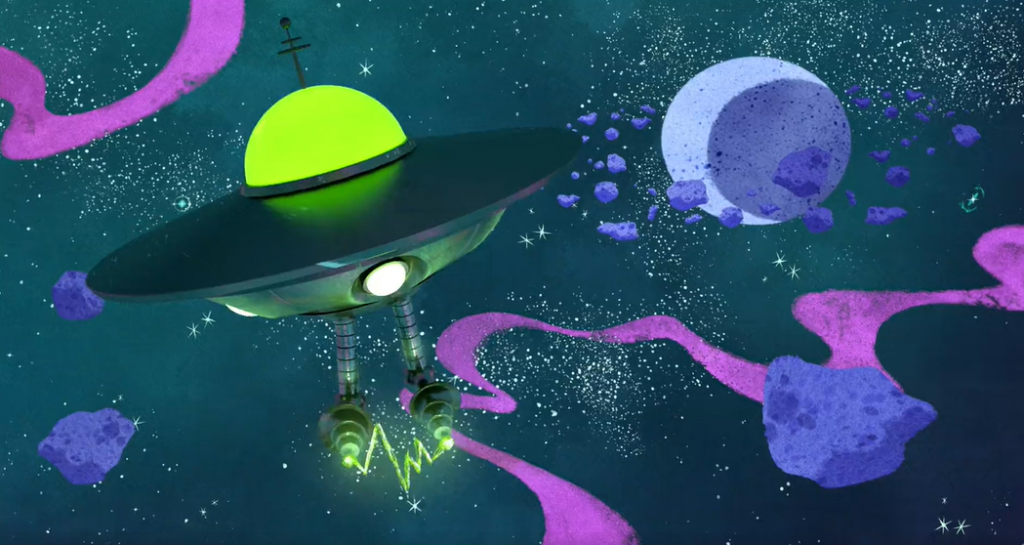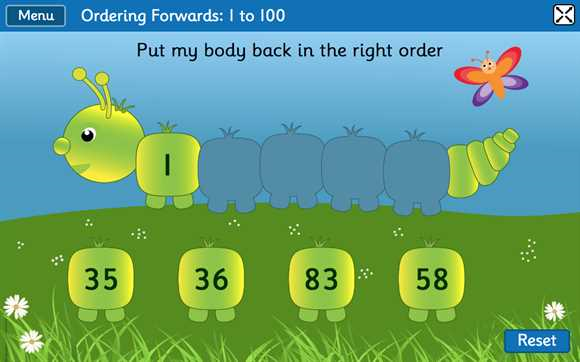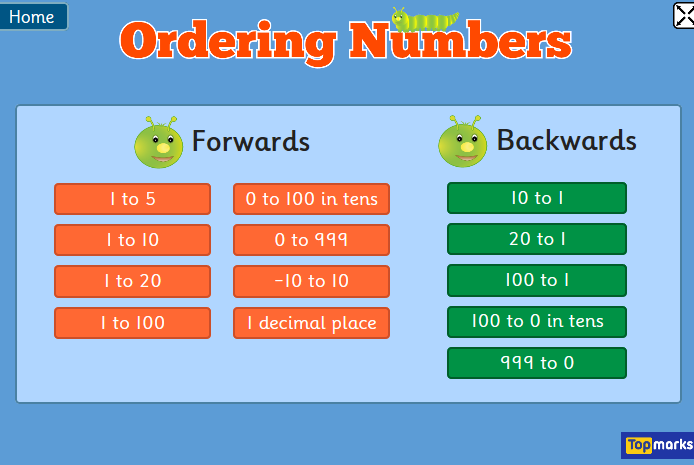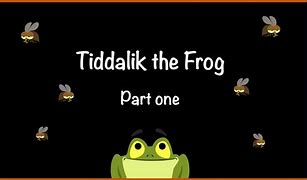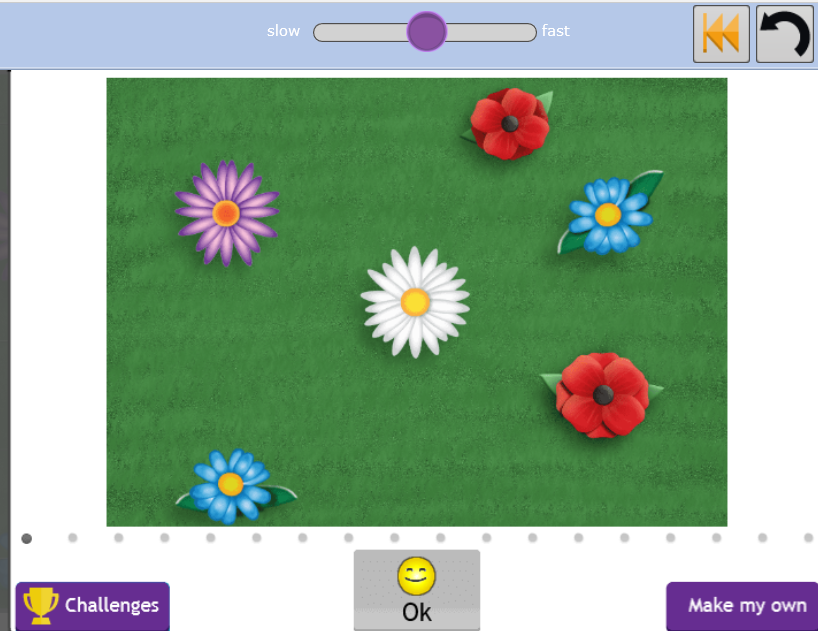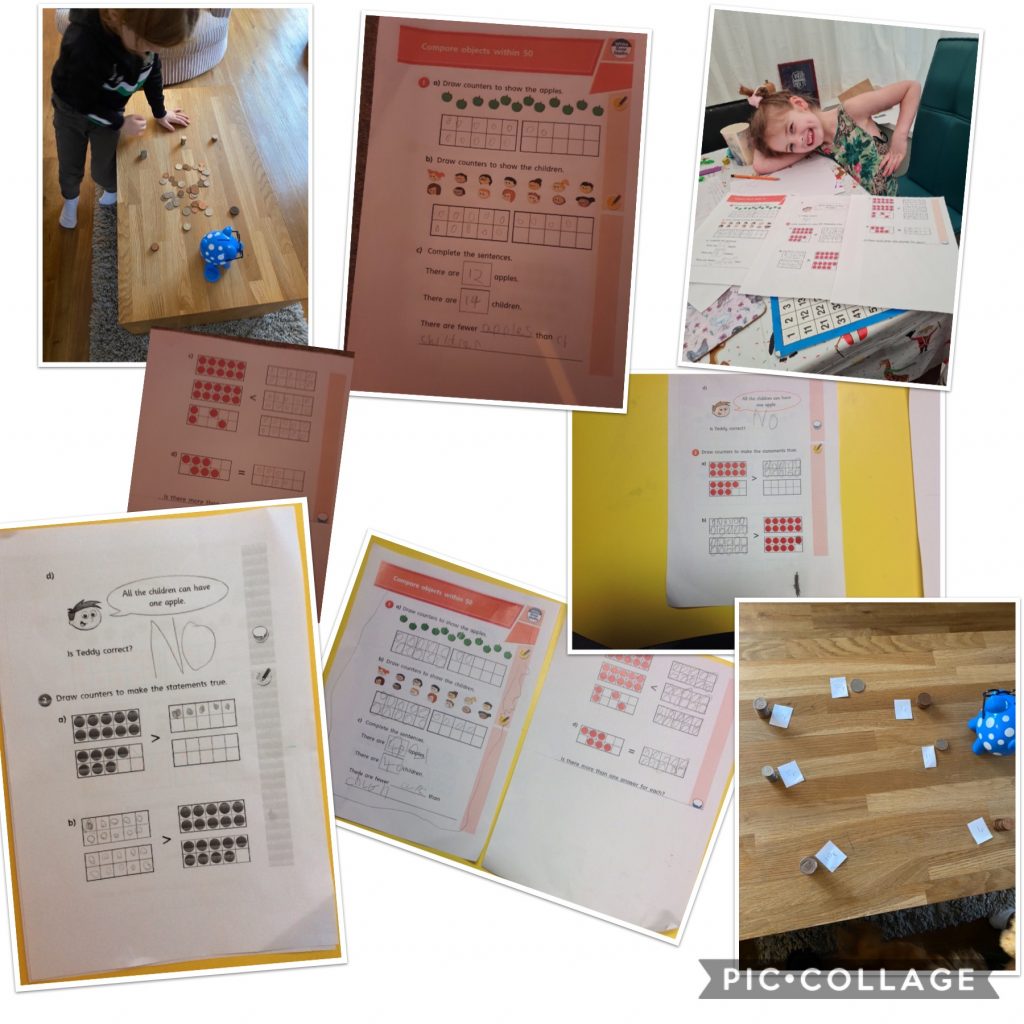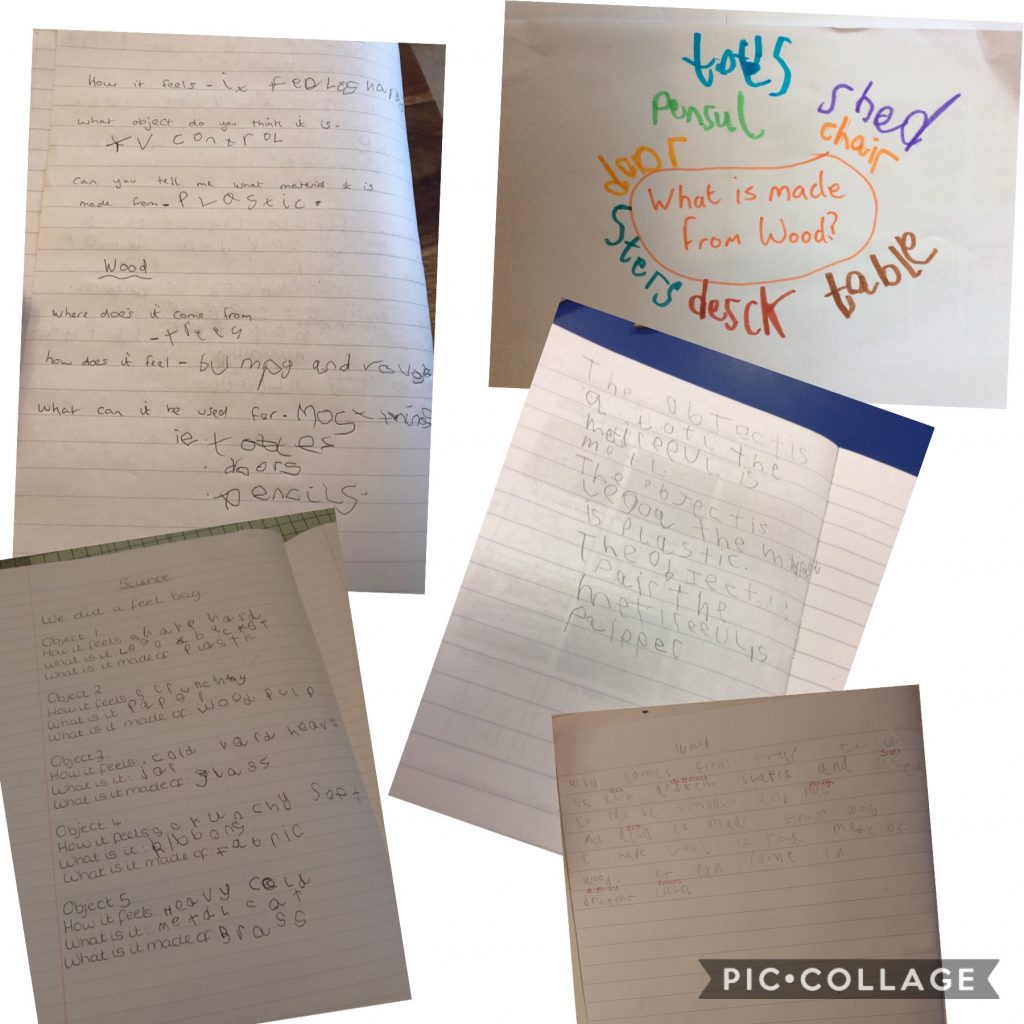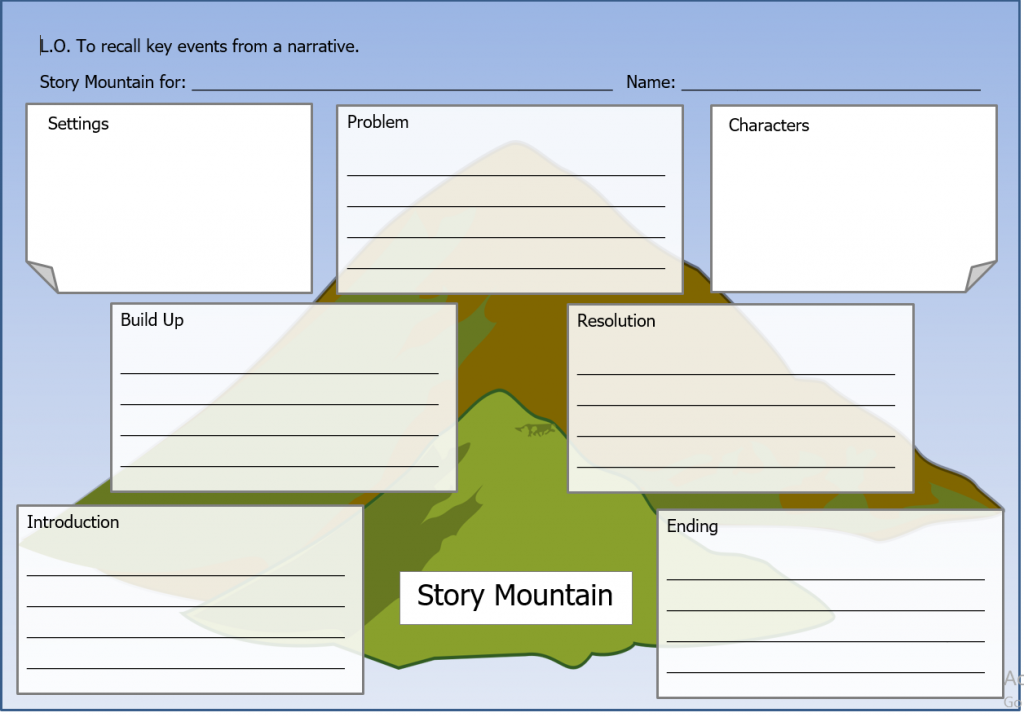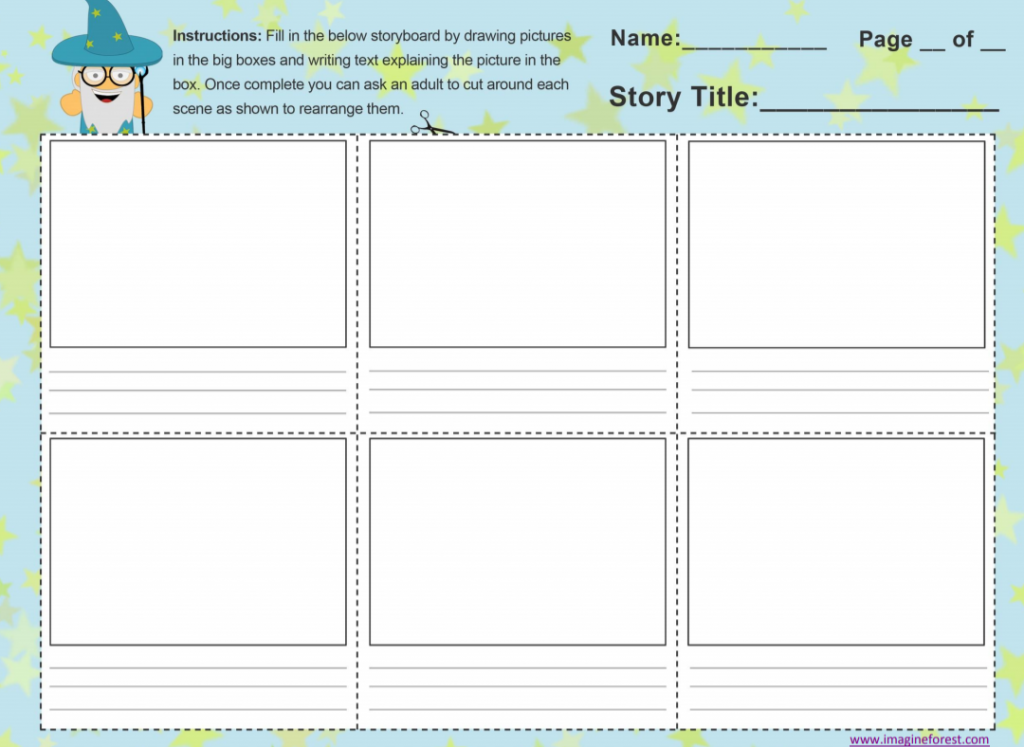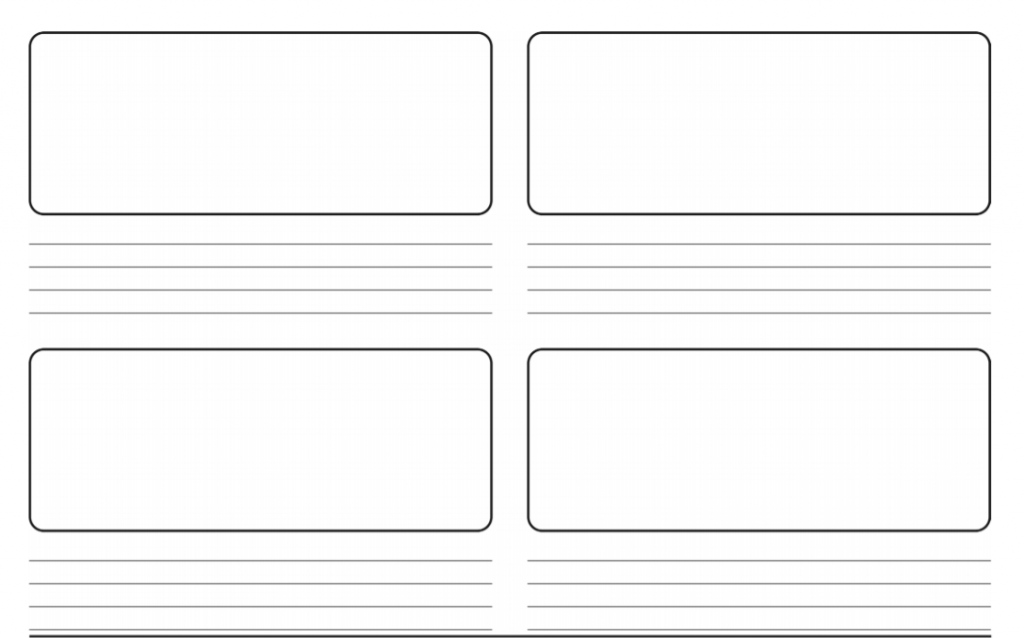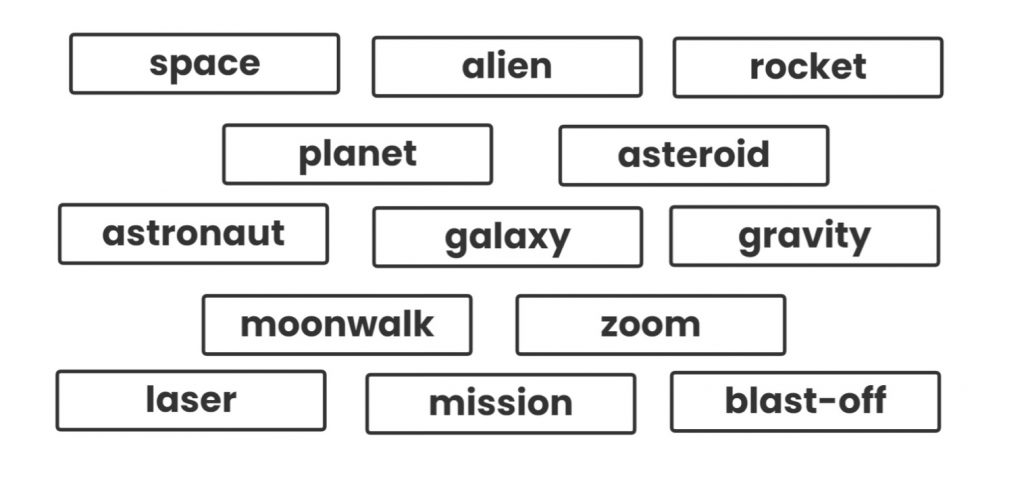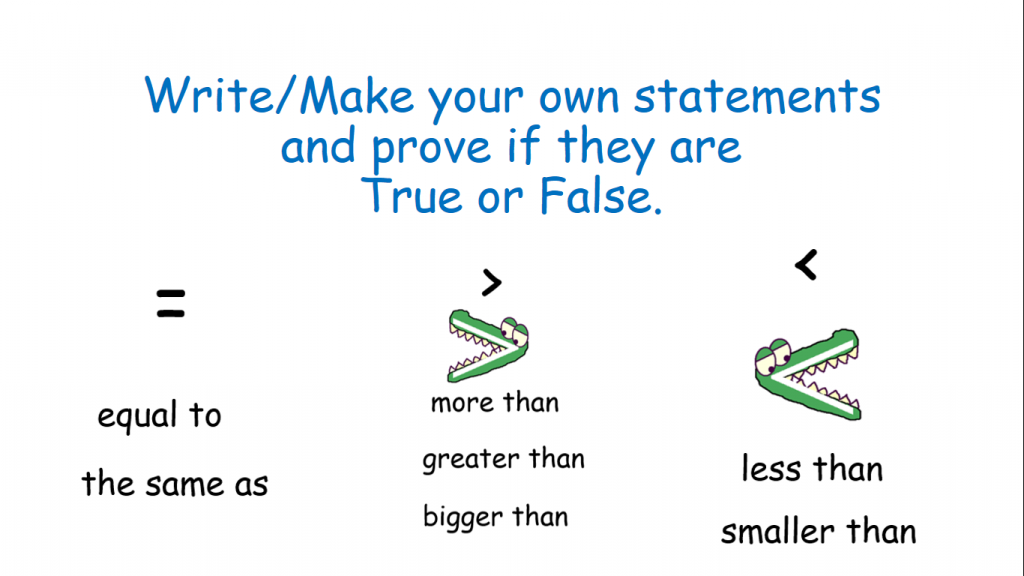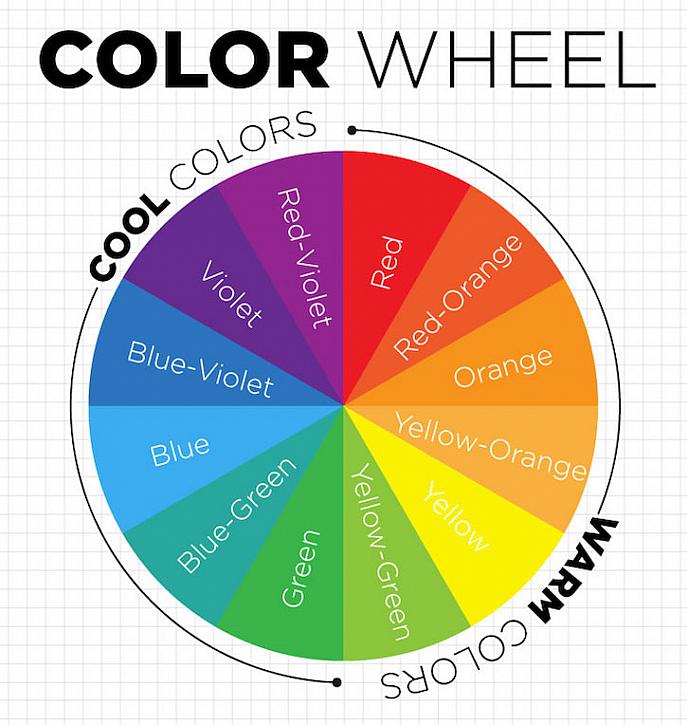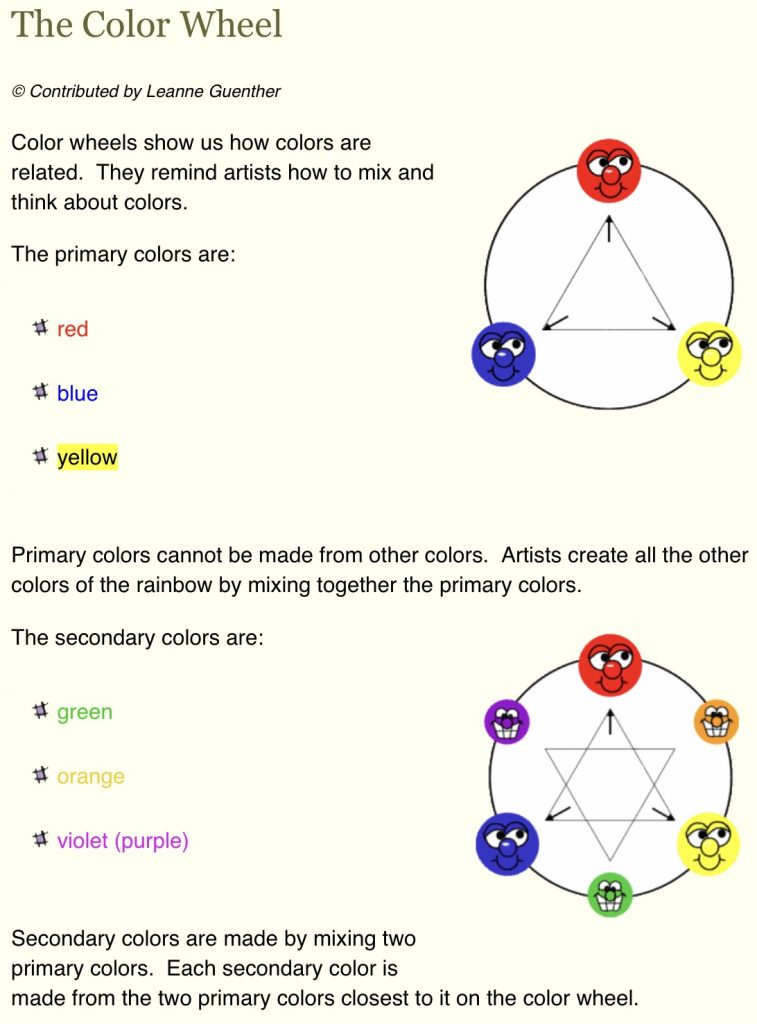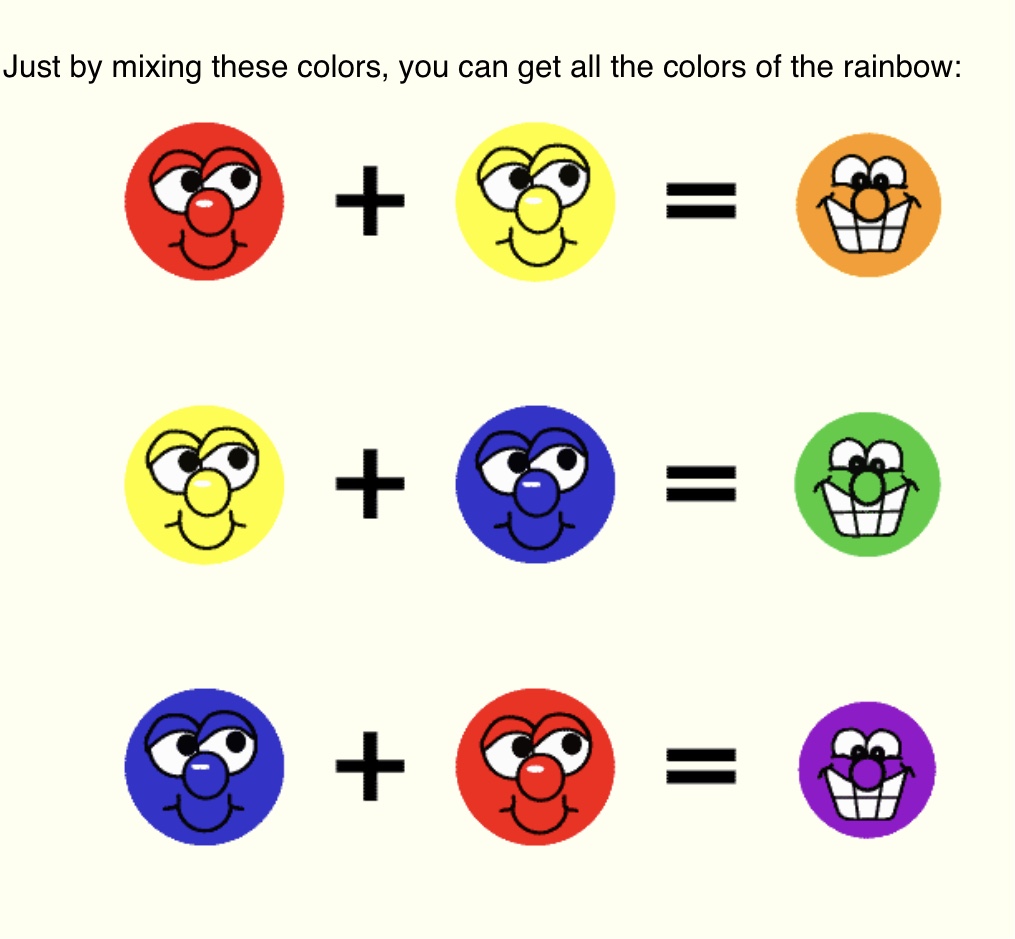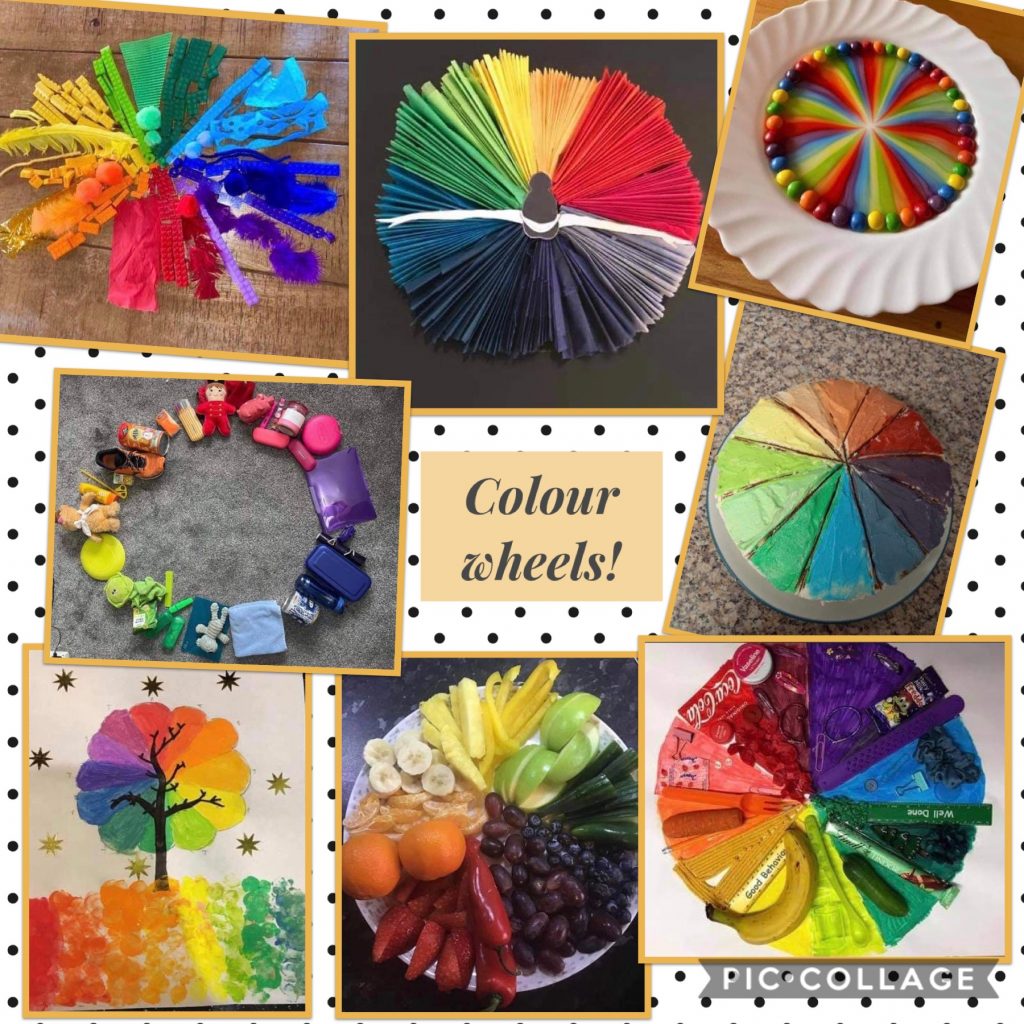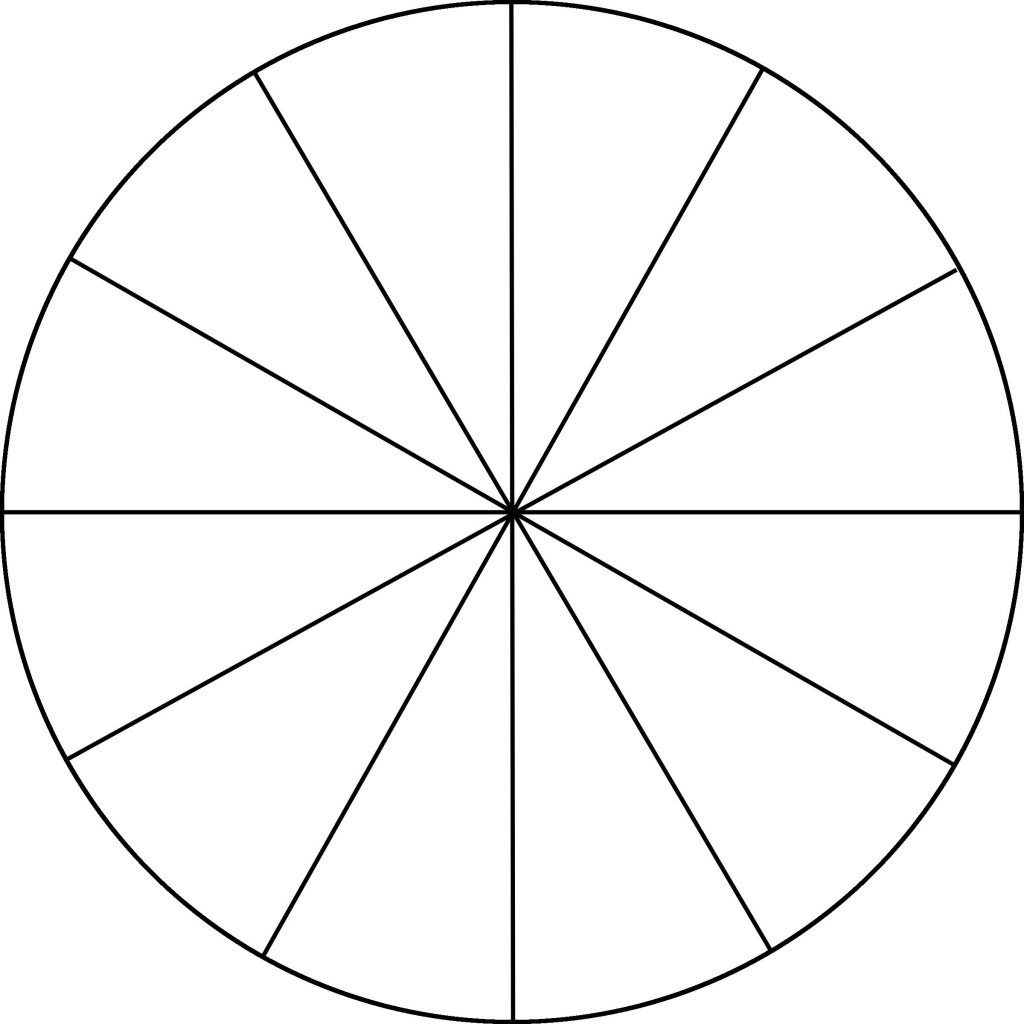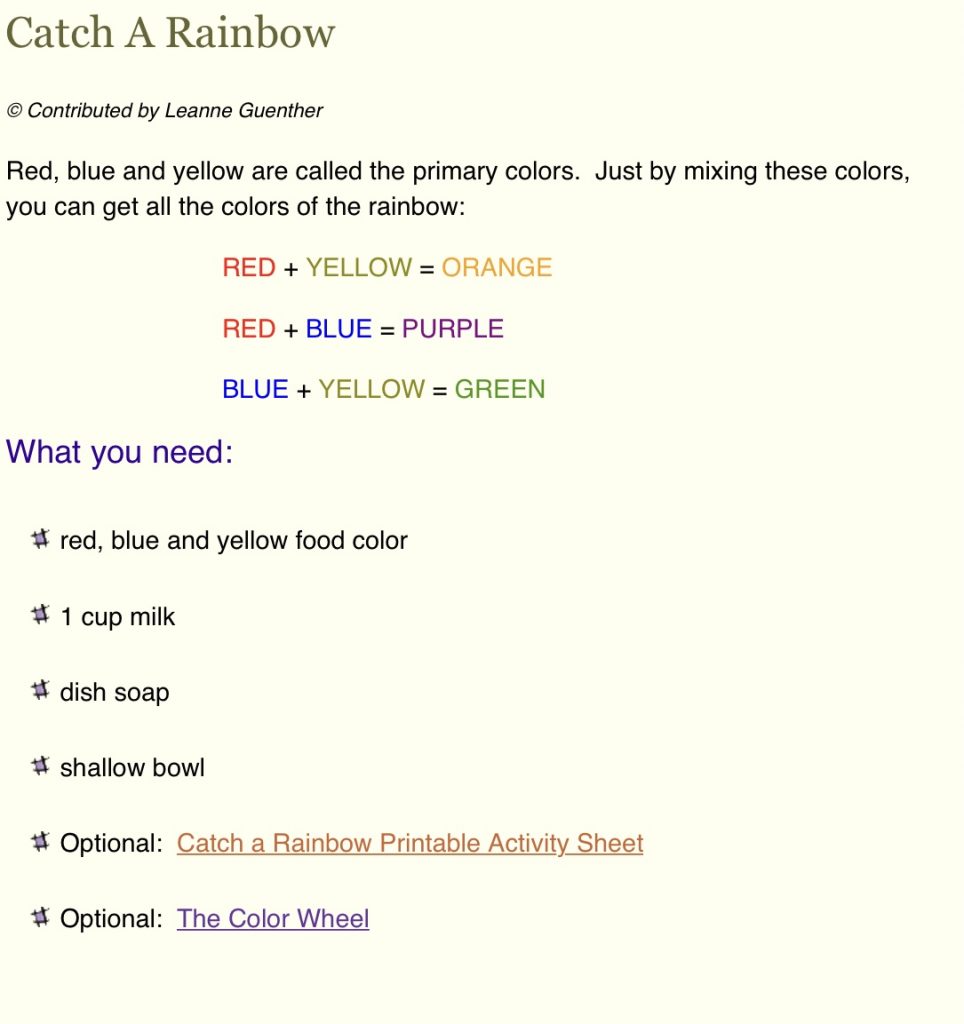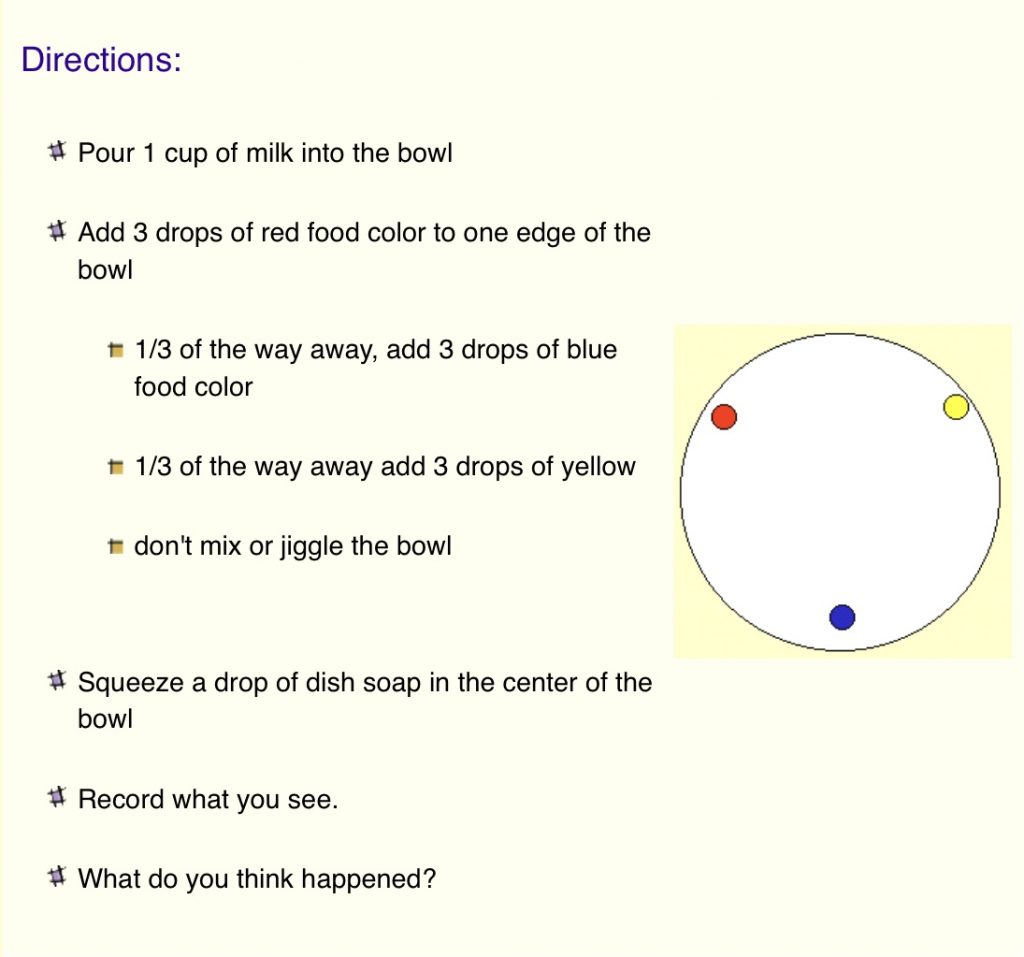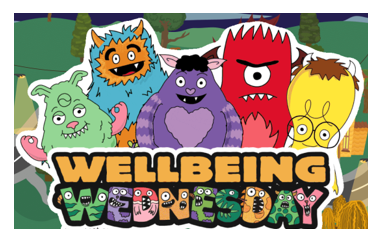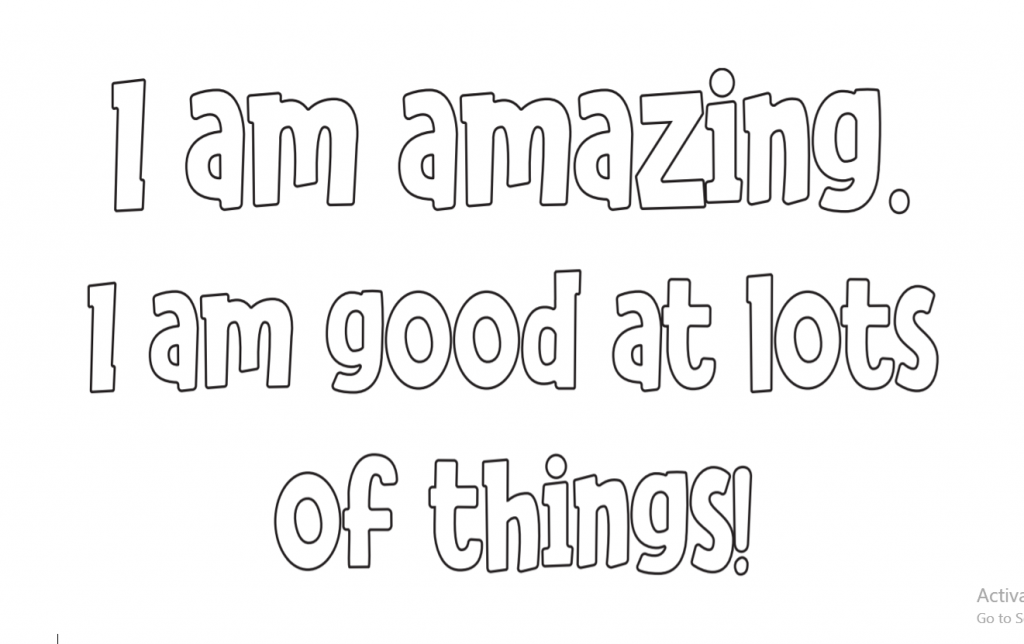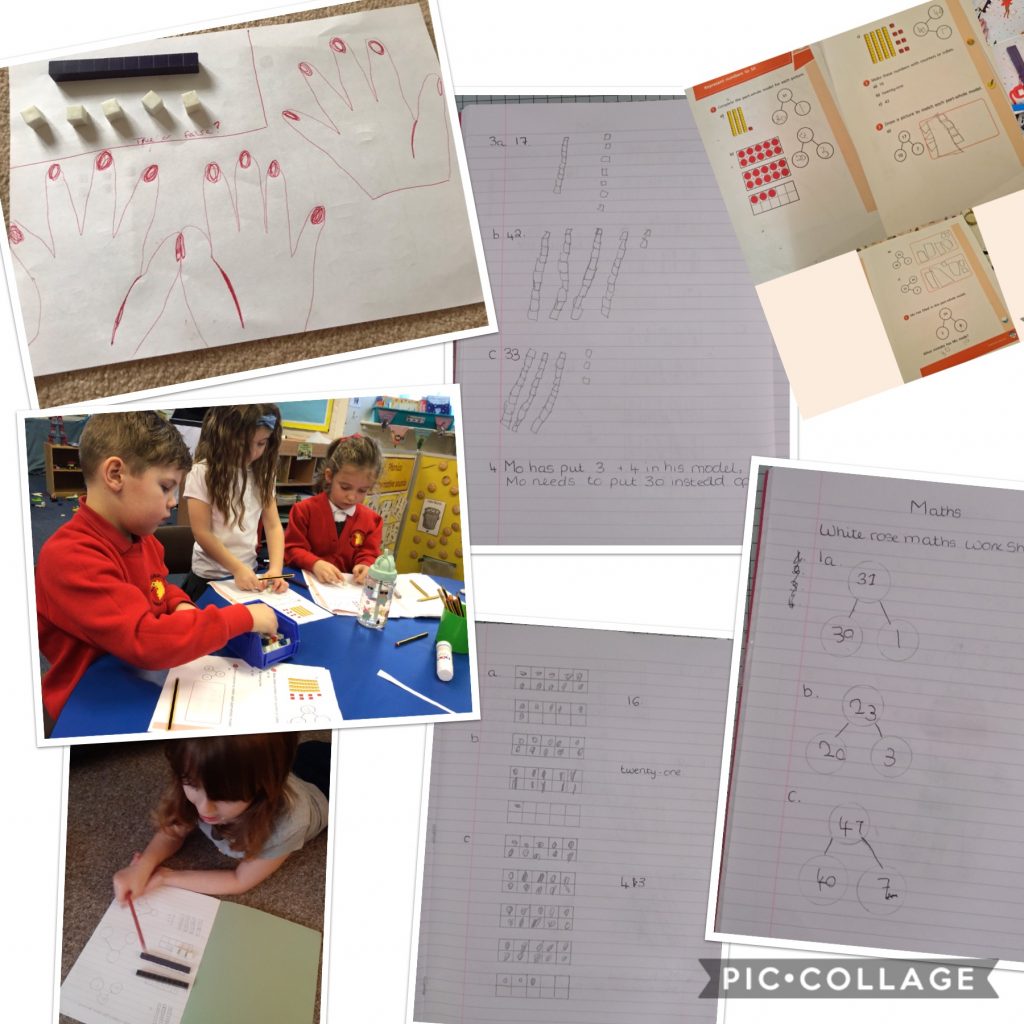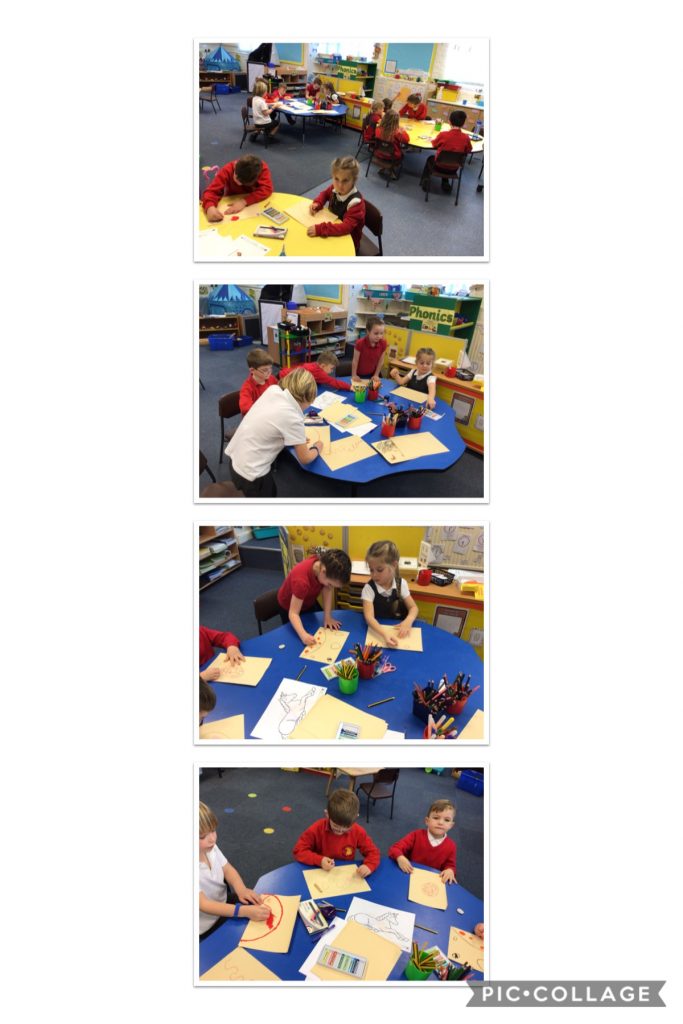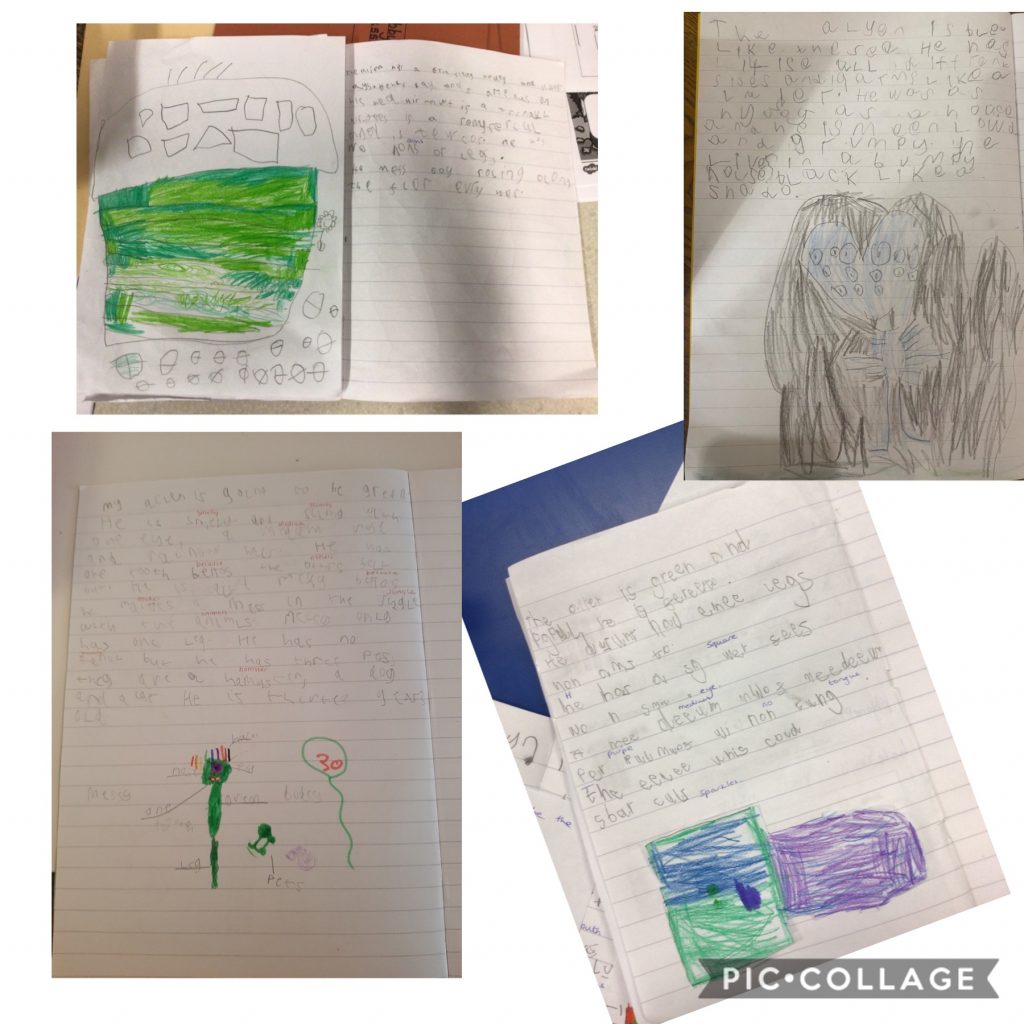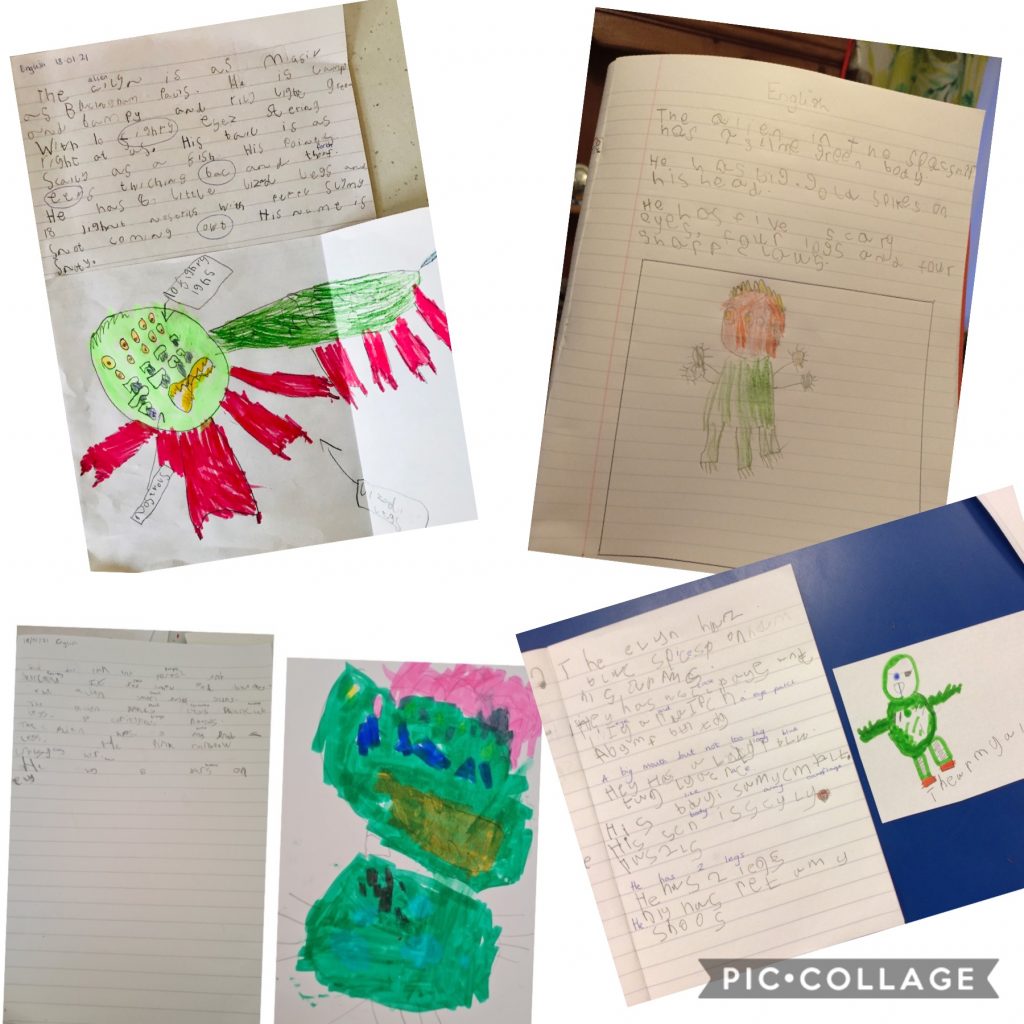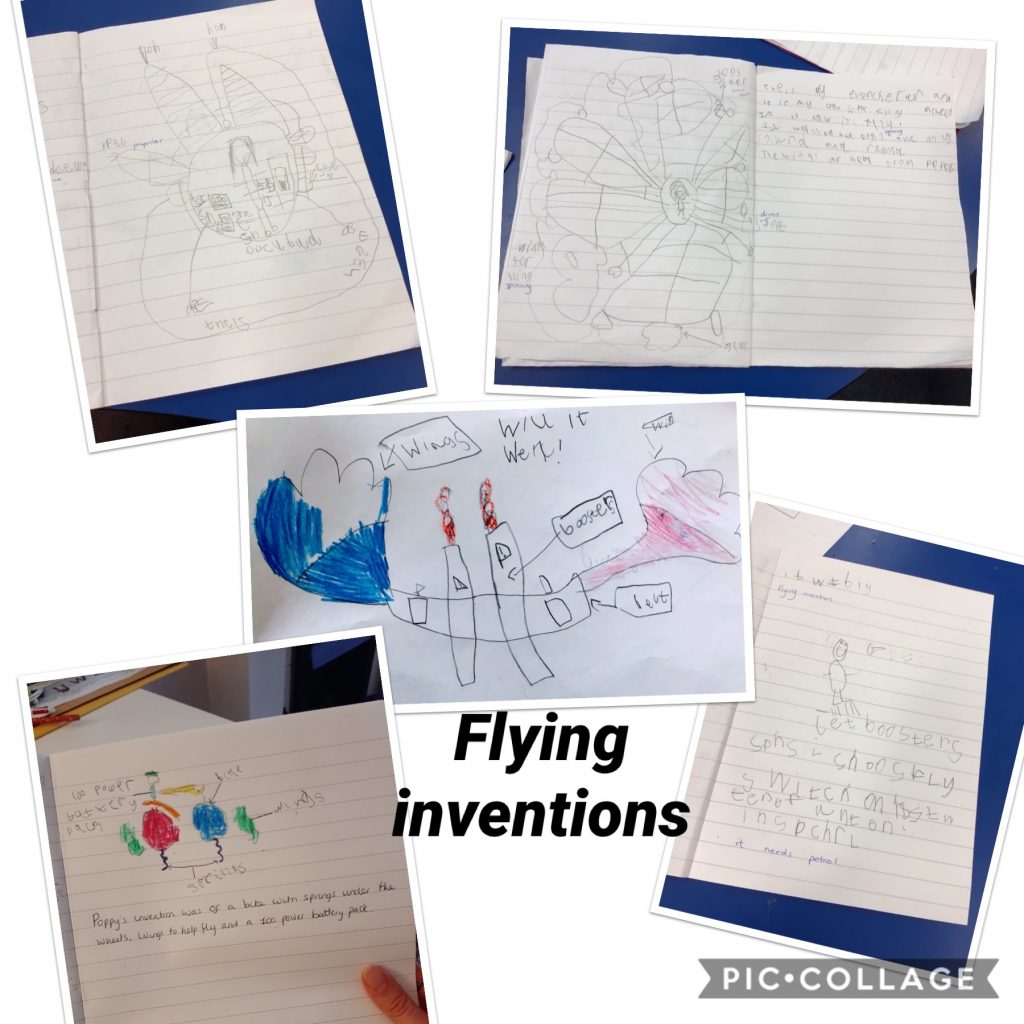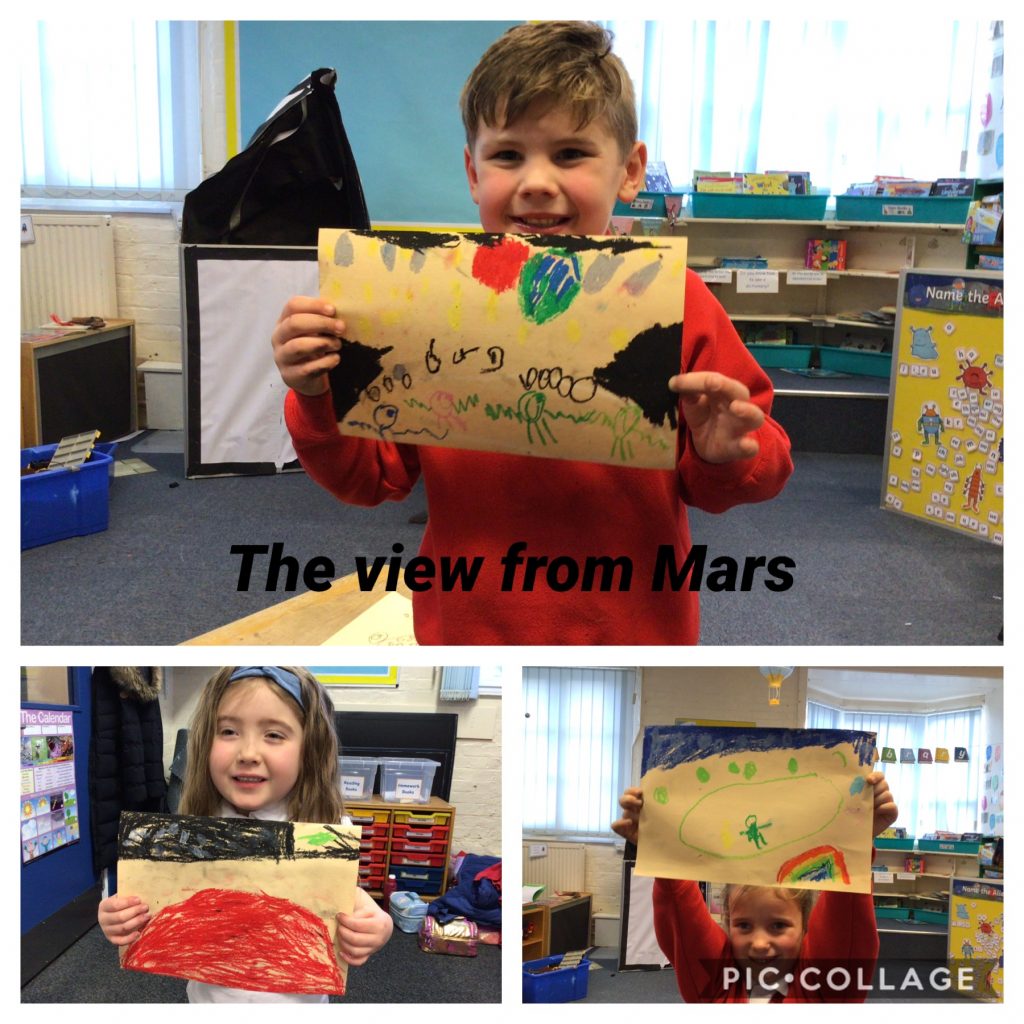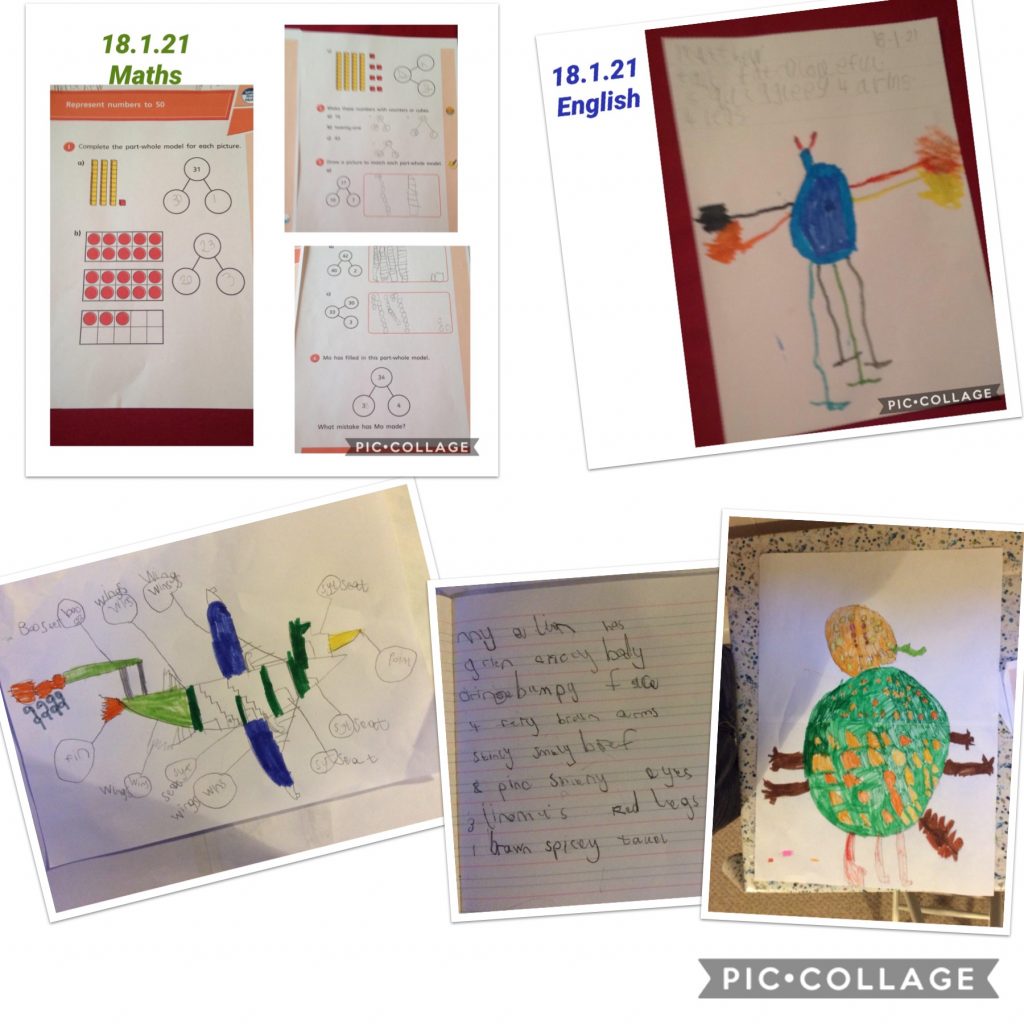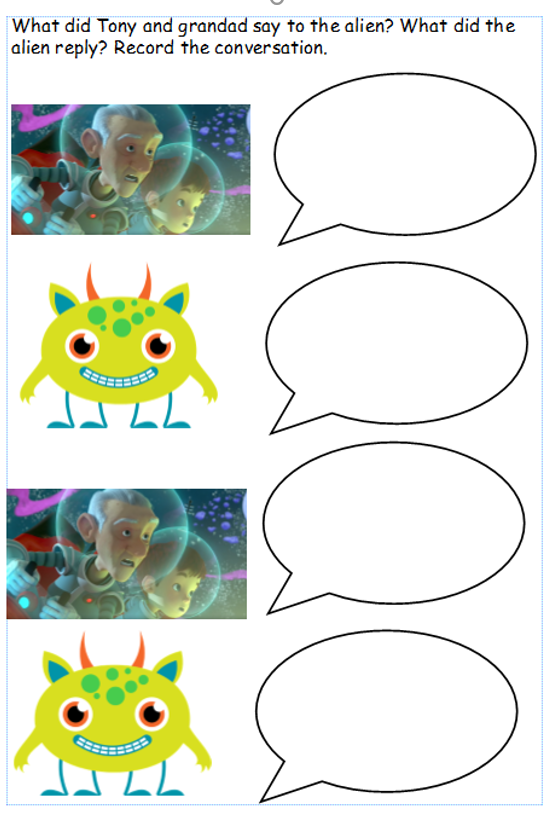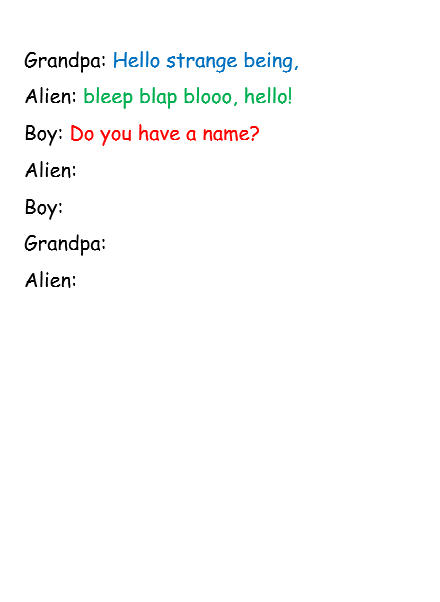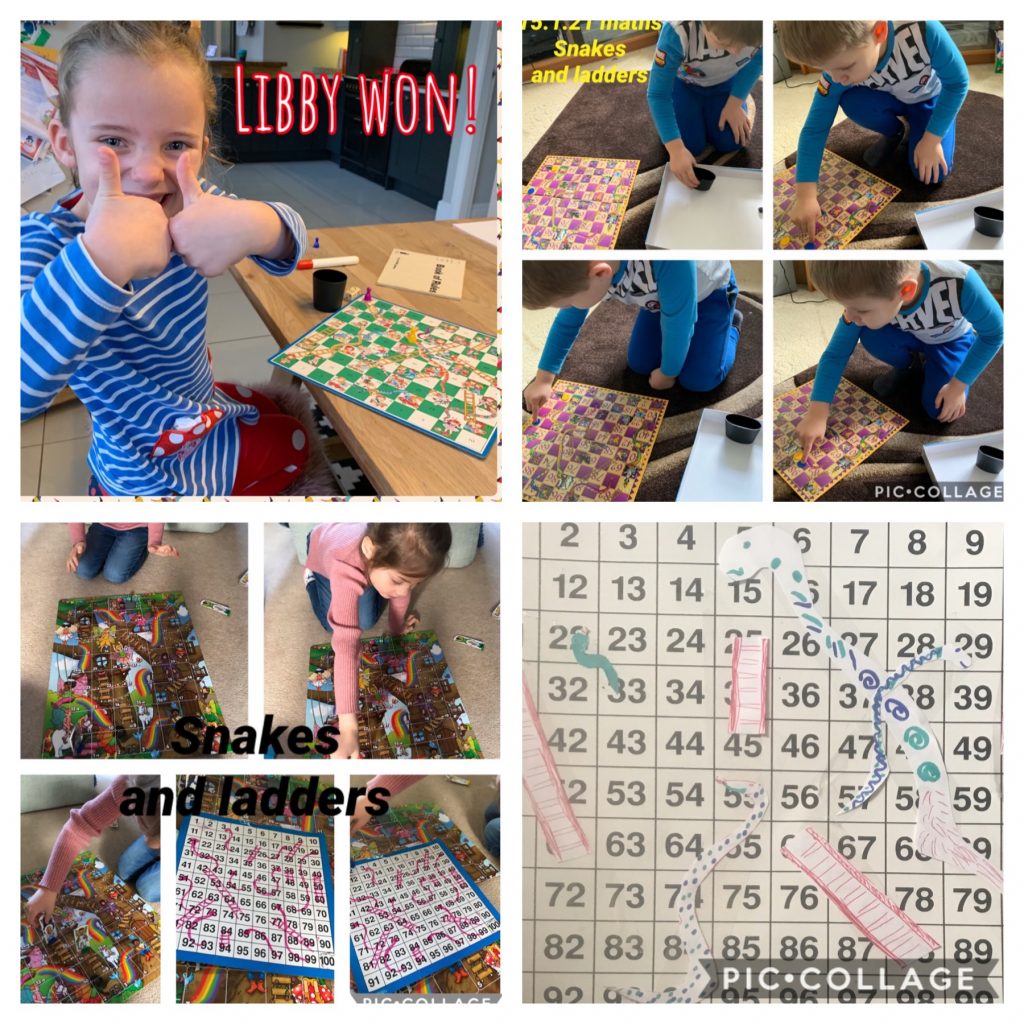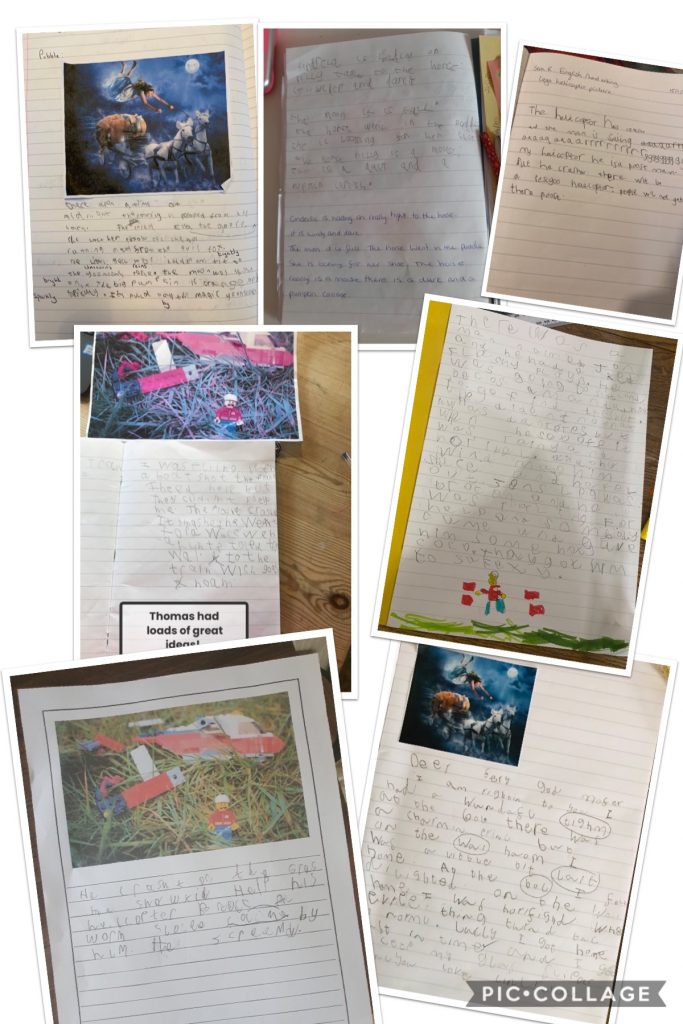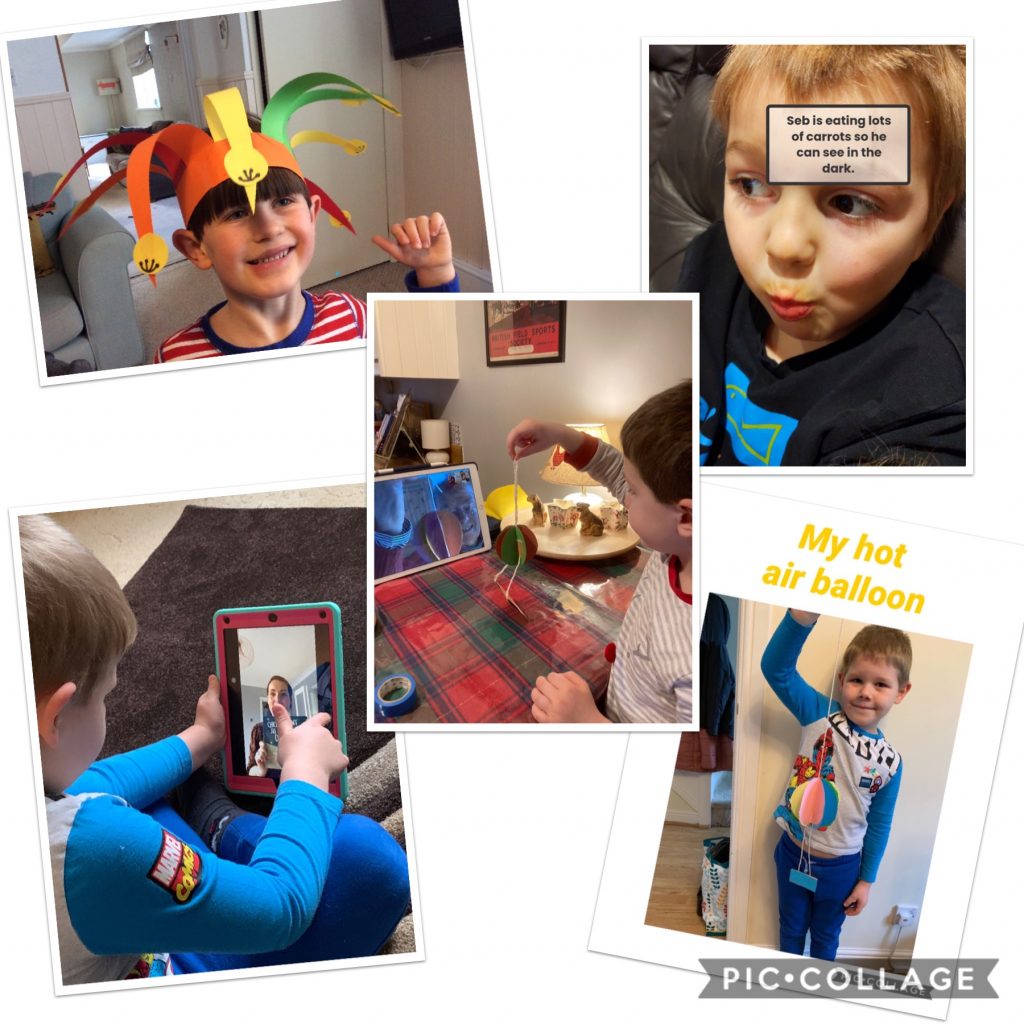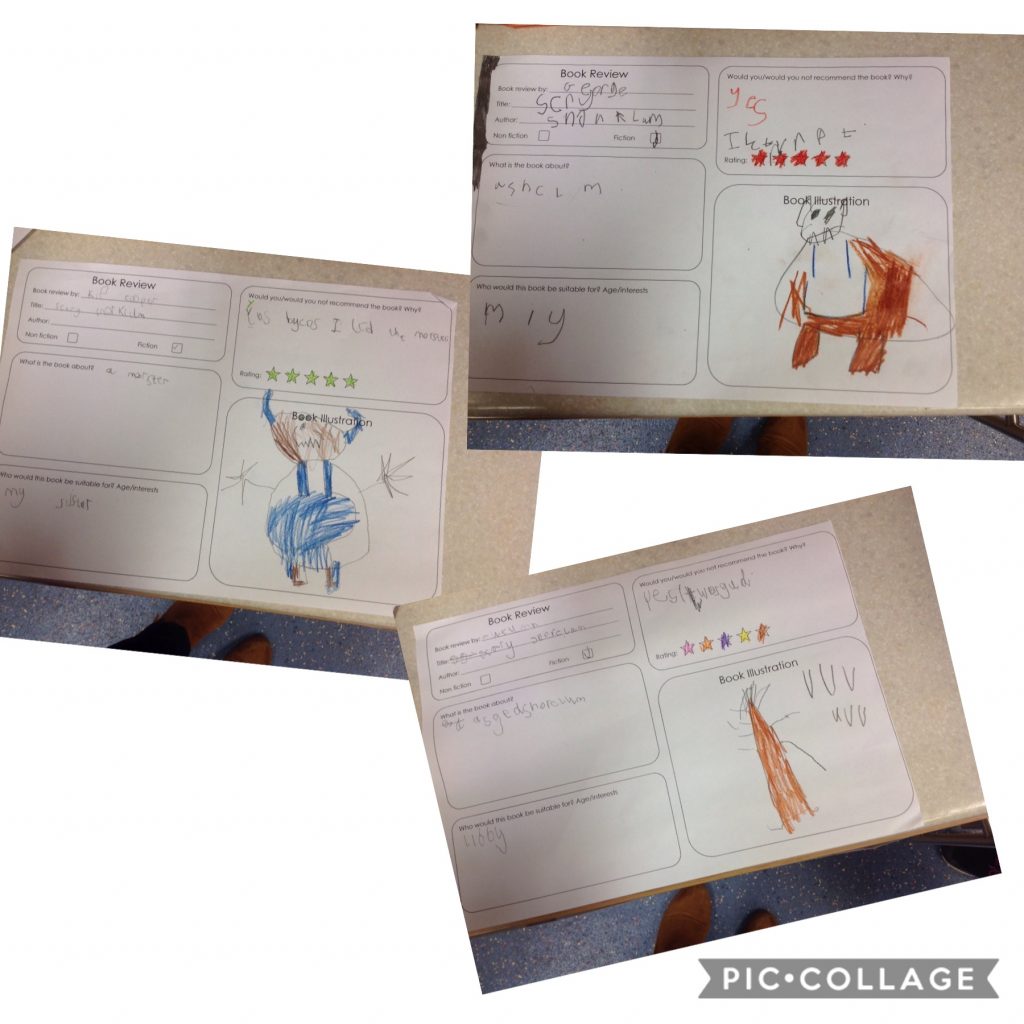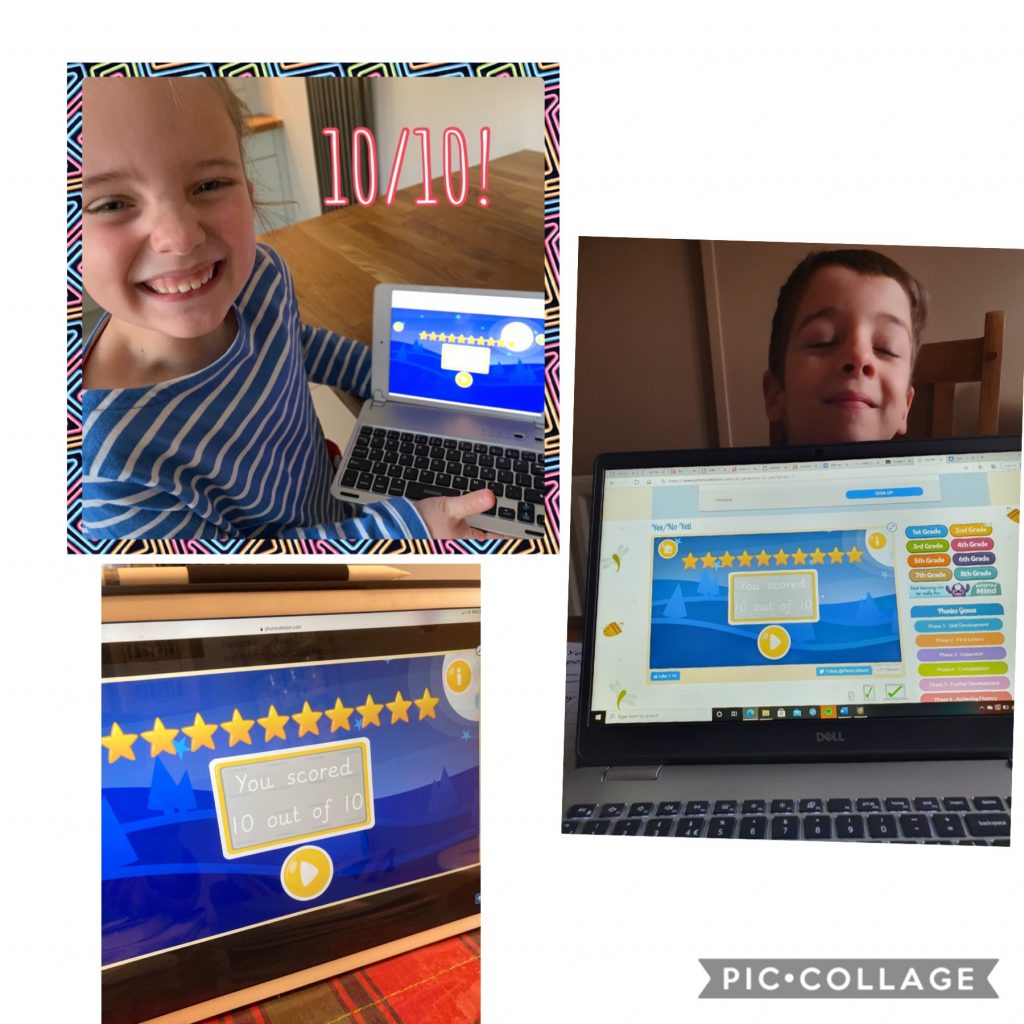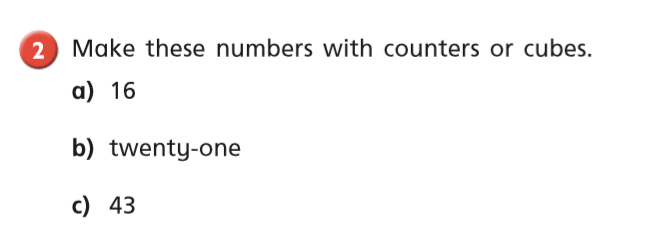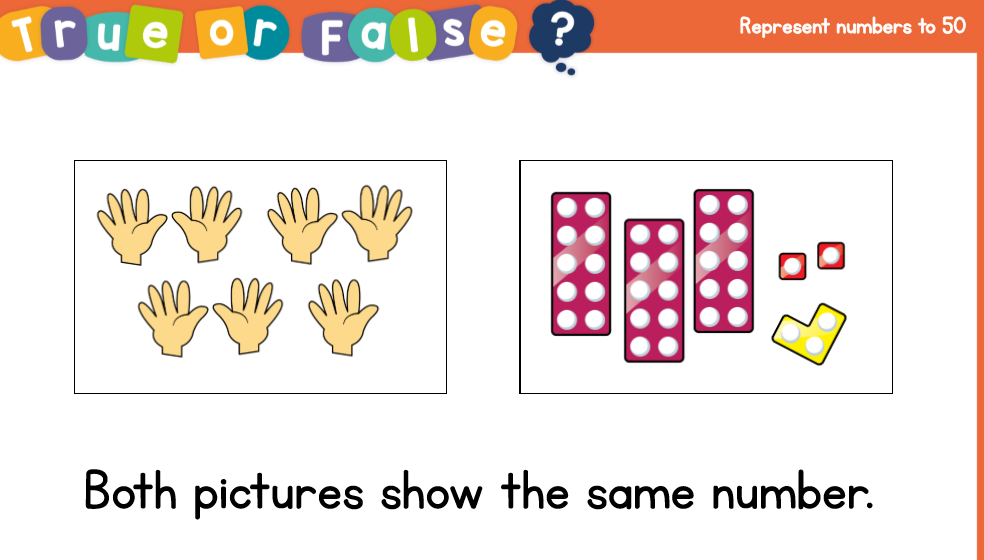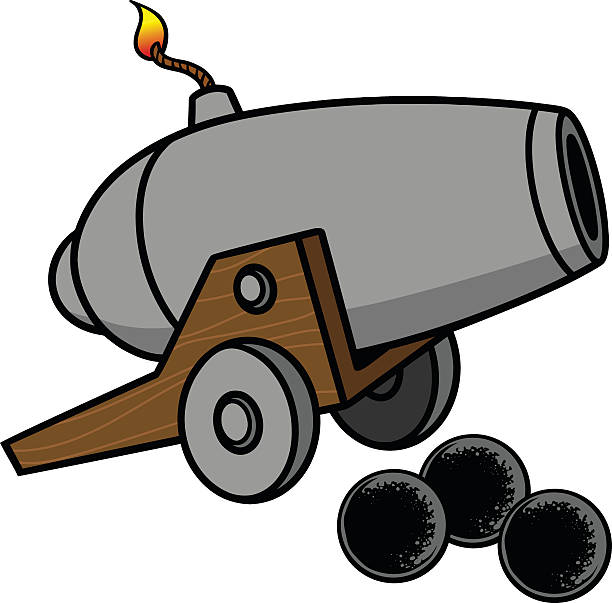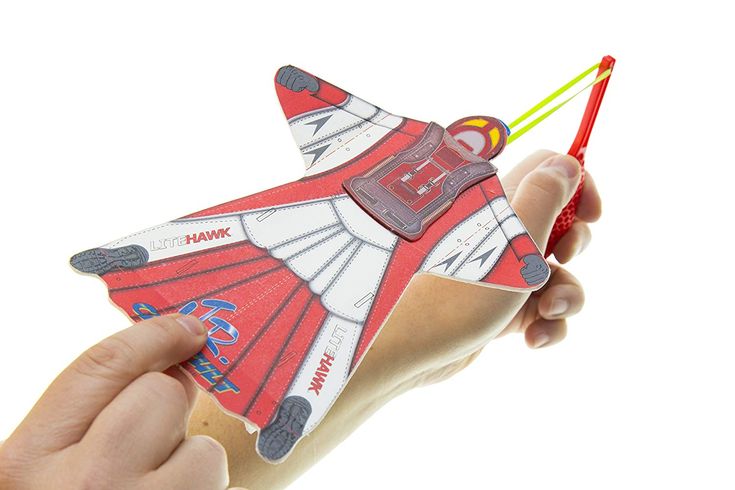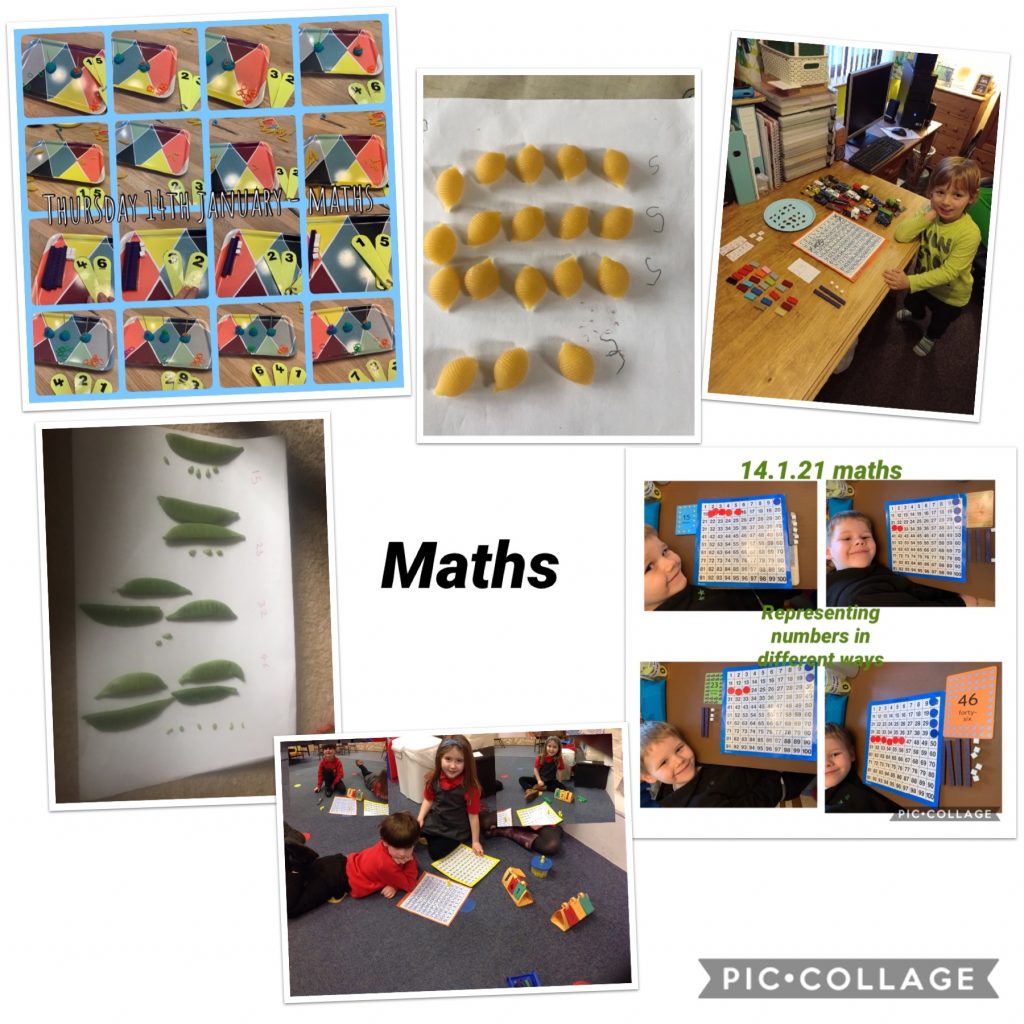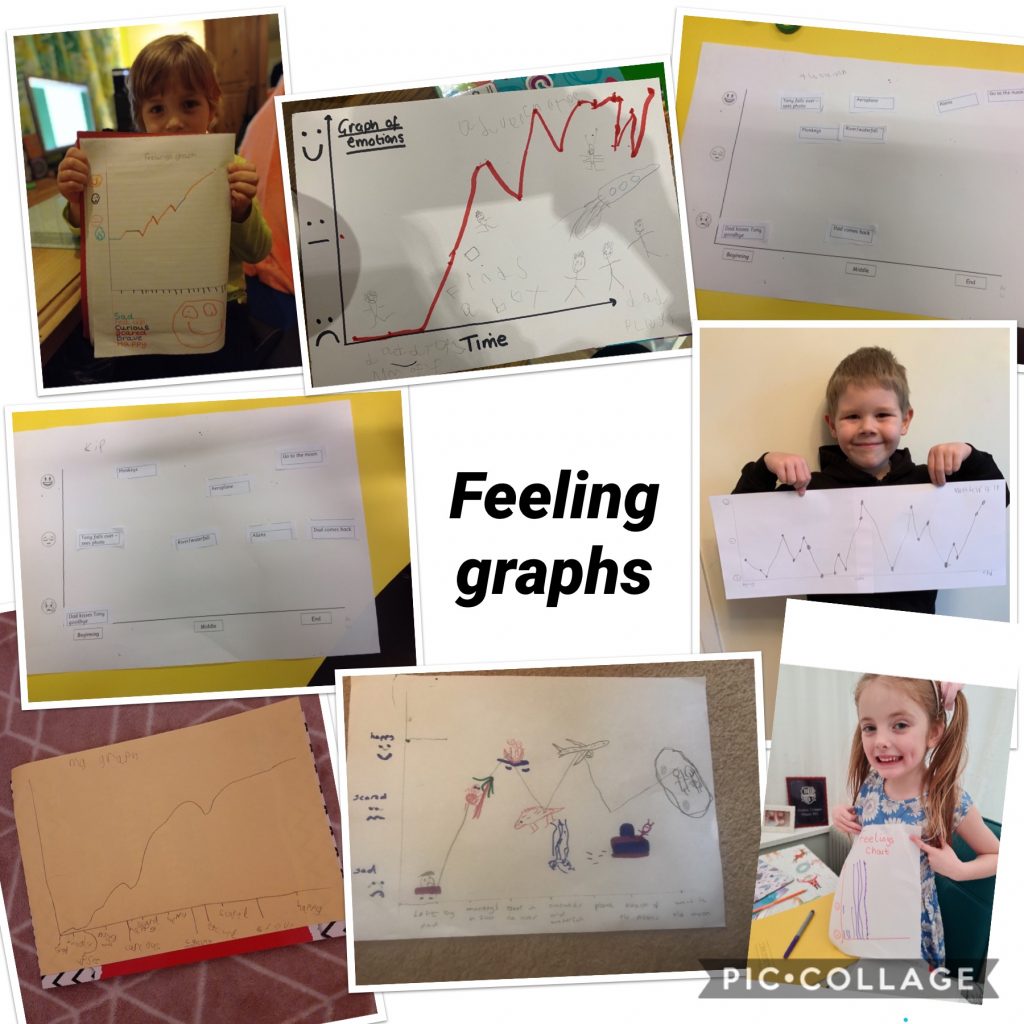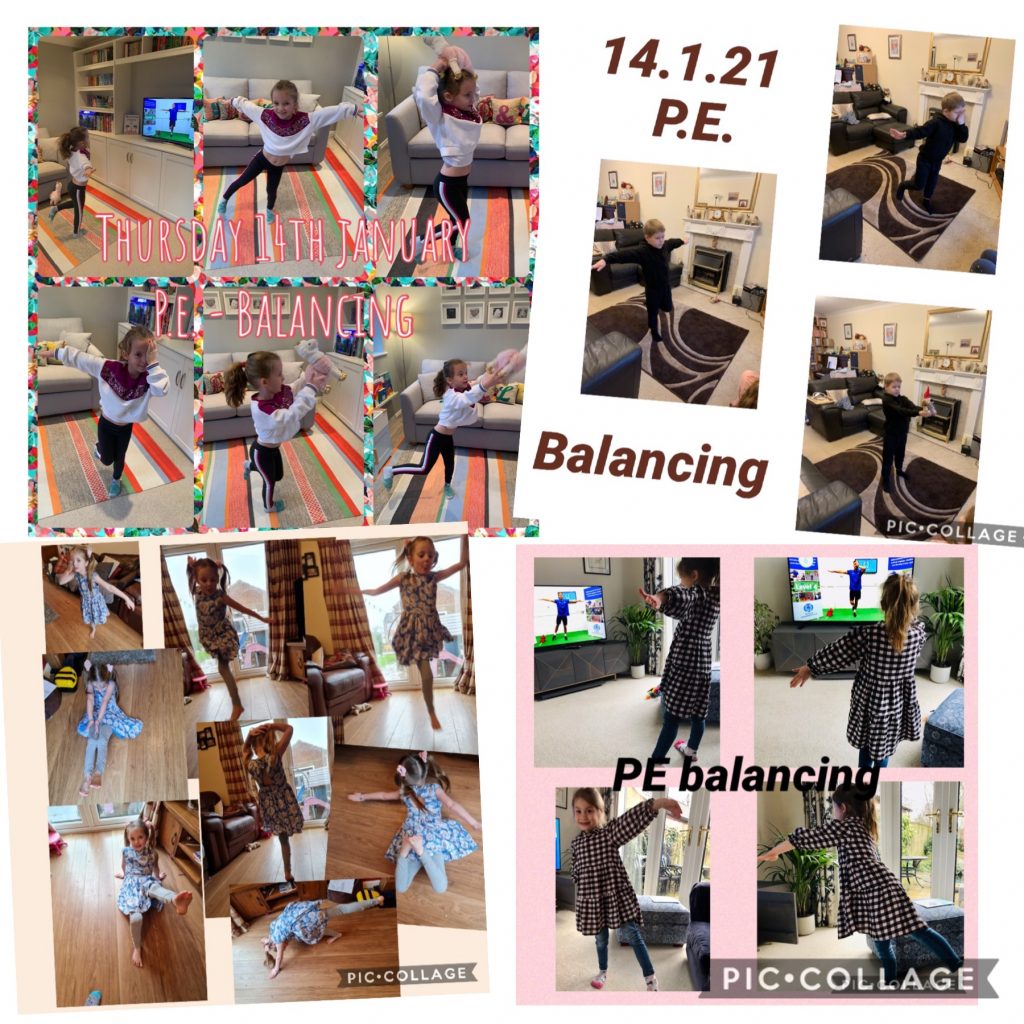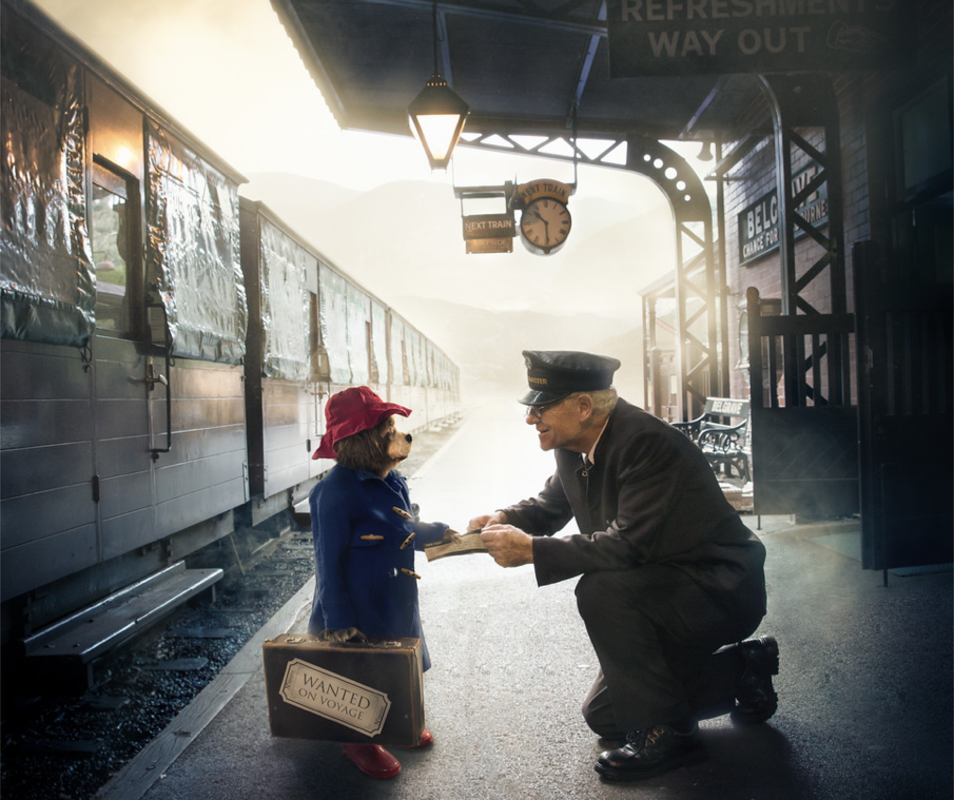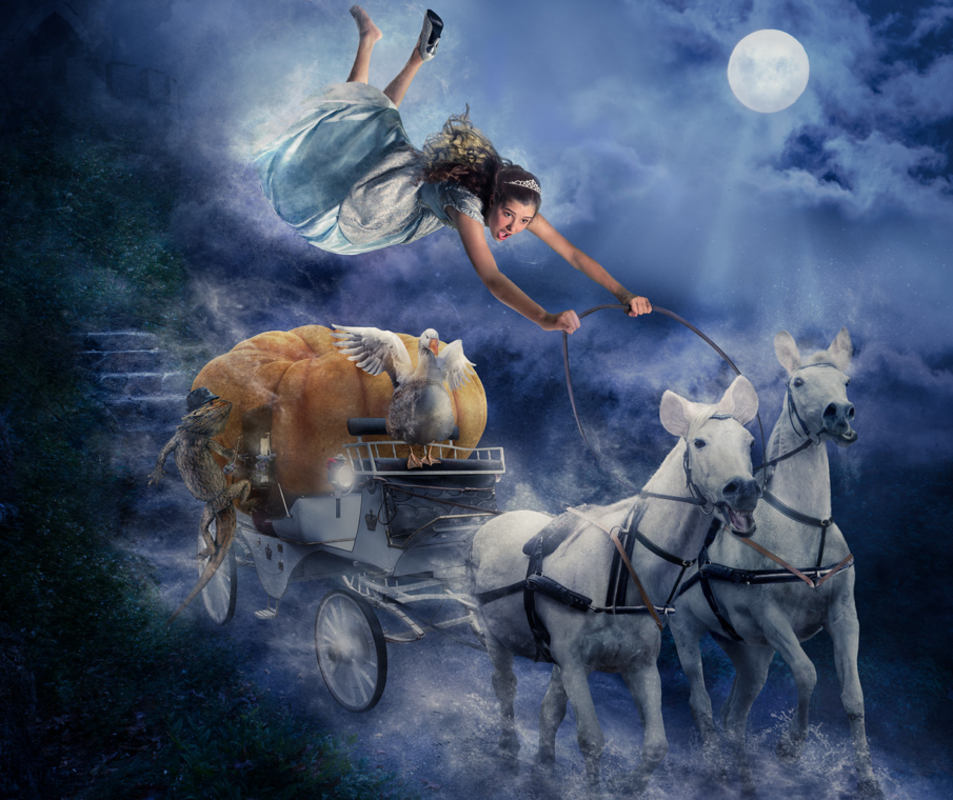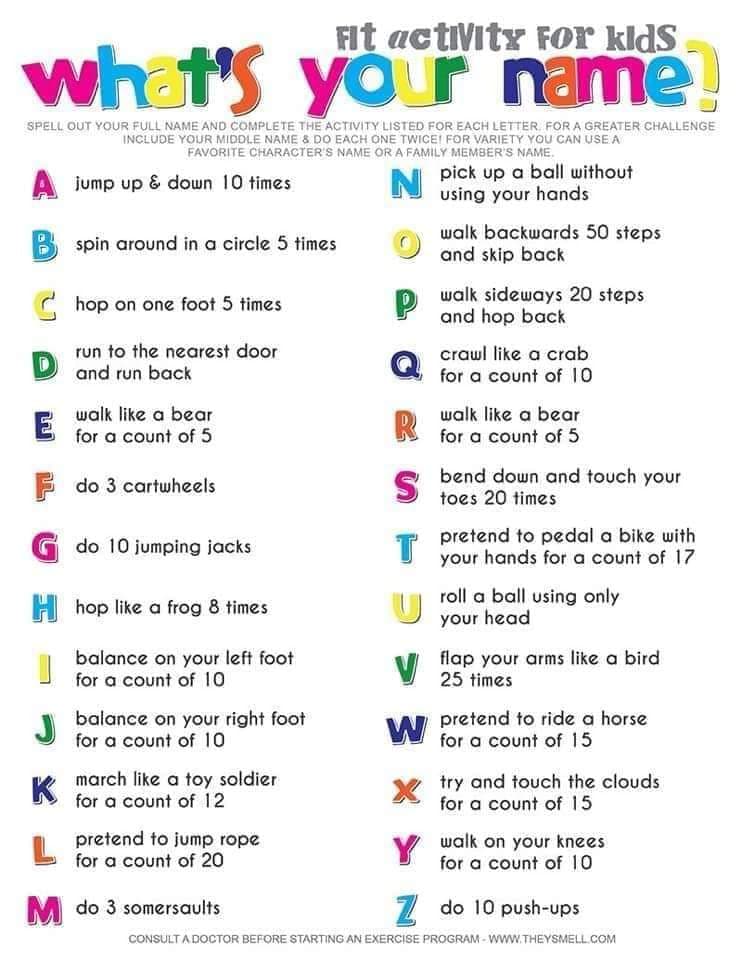Such super art work yesterday Class 1. We couldn’t help but share some of your ideas!
Today’s Tasks
- Phonics
- English
- Mathematics
- PE
- Computing
- End of day story
Phonics
Explore some of these games using the link below to practice your ai, ay and a-e words.
https://wordwall.net/en-gb/community/ai-ay-word-wheel

You could make your own game to practice these words.
English
Did Baby Bear have the right equipment to go to the moon?
What do you think you would need if you were going to travel into space?
Today I want you to design a space rocket, a space suit, helmet and boots for going into space.
What will they need to have in order for them to be effective and to protect you in space?
You will need at add clear labels to your design and then write a short explanation of each one explaining how they work, what they are made of and how they will help you in Space!
Extra Challenge!
Have a go at making a model of your rocket or some of the equipment you would take into space!
Mathematics
First I would like you to practise your part whole models. Choose a number as your whole. How many different ways can you do your part whole model?
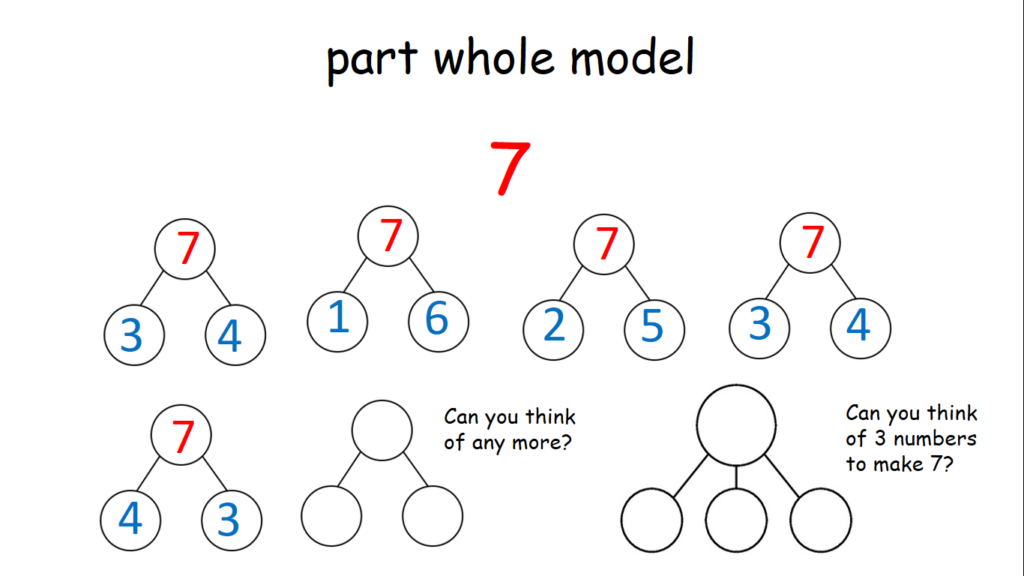
In today’s lesson we will be adding by making 10. It will be helpful to have your tens grids and 20 counters/objects ready.
Work through the video and then complete the worksheet ready to download underneath.
P.E.
The School Sports Partnership have sent us 3 new challenge videos for you to have a go at.
The first is all about balancing on one leg like a flamingo and creating a sequence of movements so no equipment is needed. Click on link below the flamingo to find out more.

The second requires a skipping rope and for the last one you will need a ball.
Send in your photographs/videos so we can see how you get along. Good luck Class 1.
KEEPY-UPPY CHALLENGE
Don’t forget to check out the PE Blog as well to find out more about the keepy-uppy challenge set by Mr Barnes.
https://pe-blog.brandesburton.e-riding.sch.uk/
Computing
Linking to our space theme and our coding, have a go at this game:
https://spaceplace.nasa.gov/explore-mars/en/

Select the right commands to get to each rock by moving forwards and backwards the right distance and then turning to the right angle, then select the magnifying glass to analyse the rock, it took me a few attempts to get it right so keep going and I’m sure you will do better than me!
